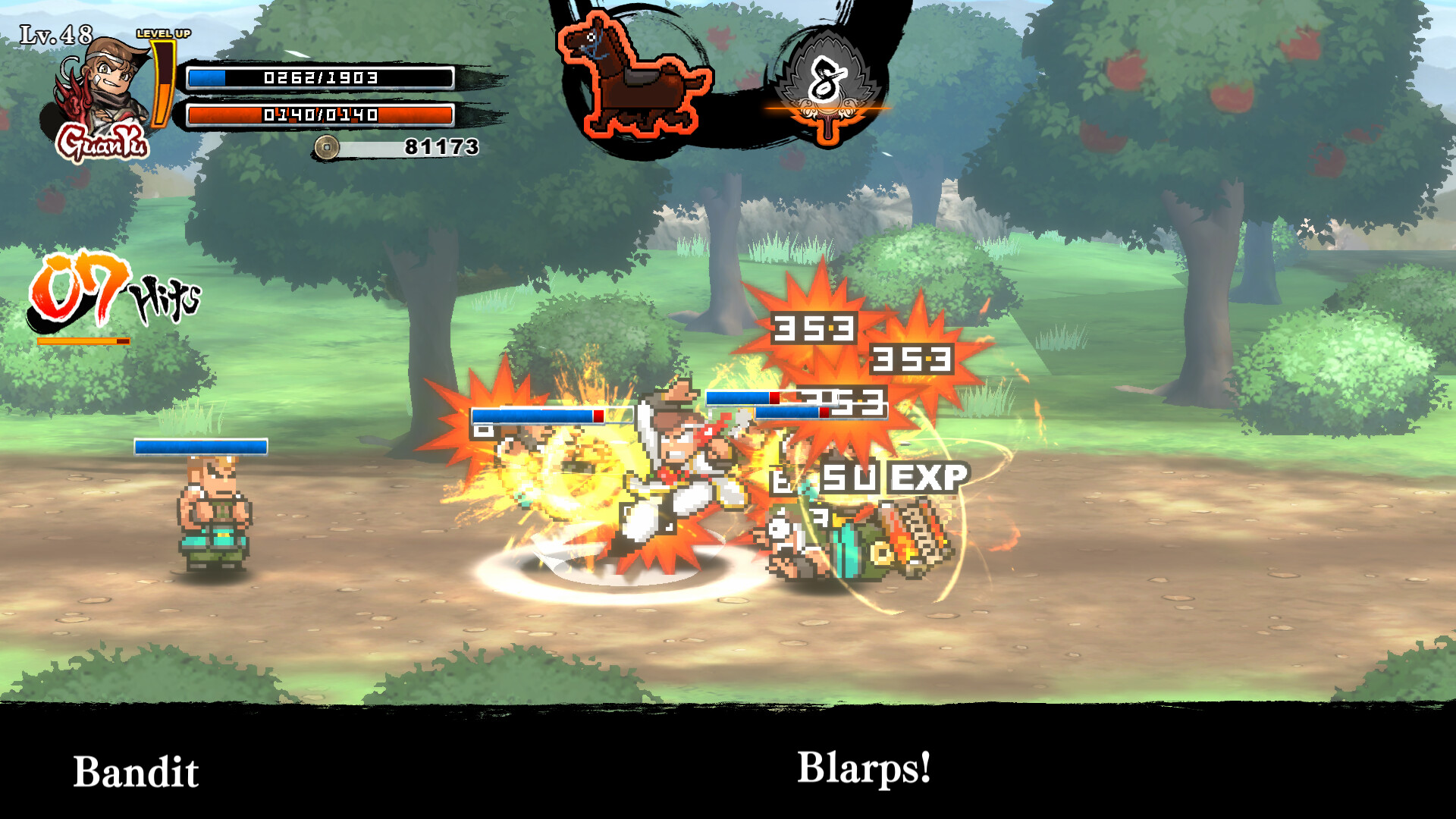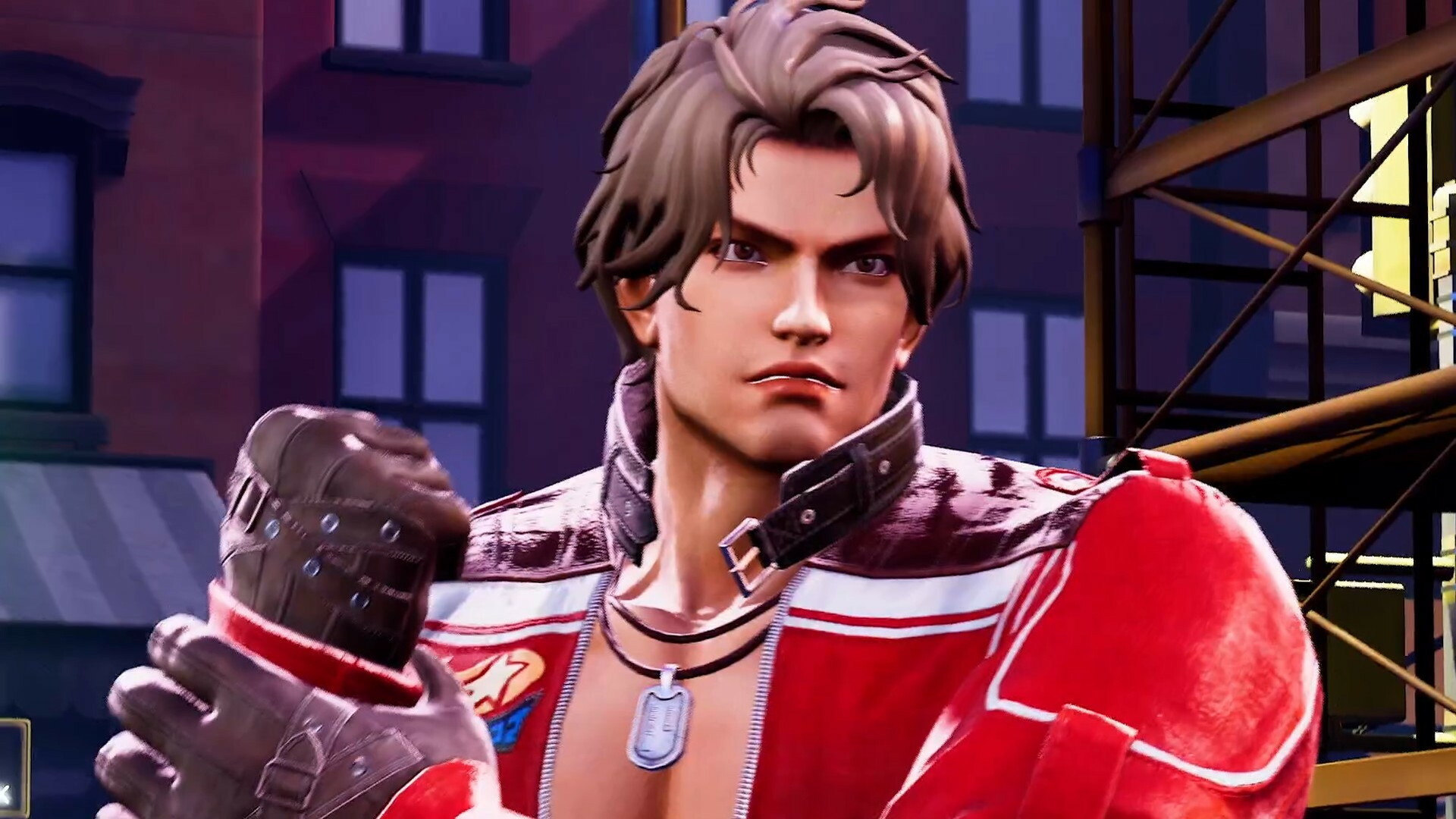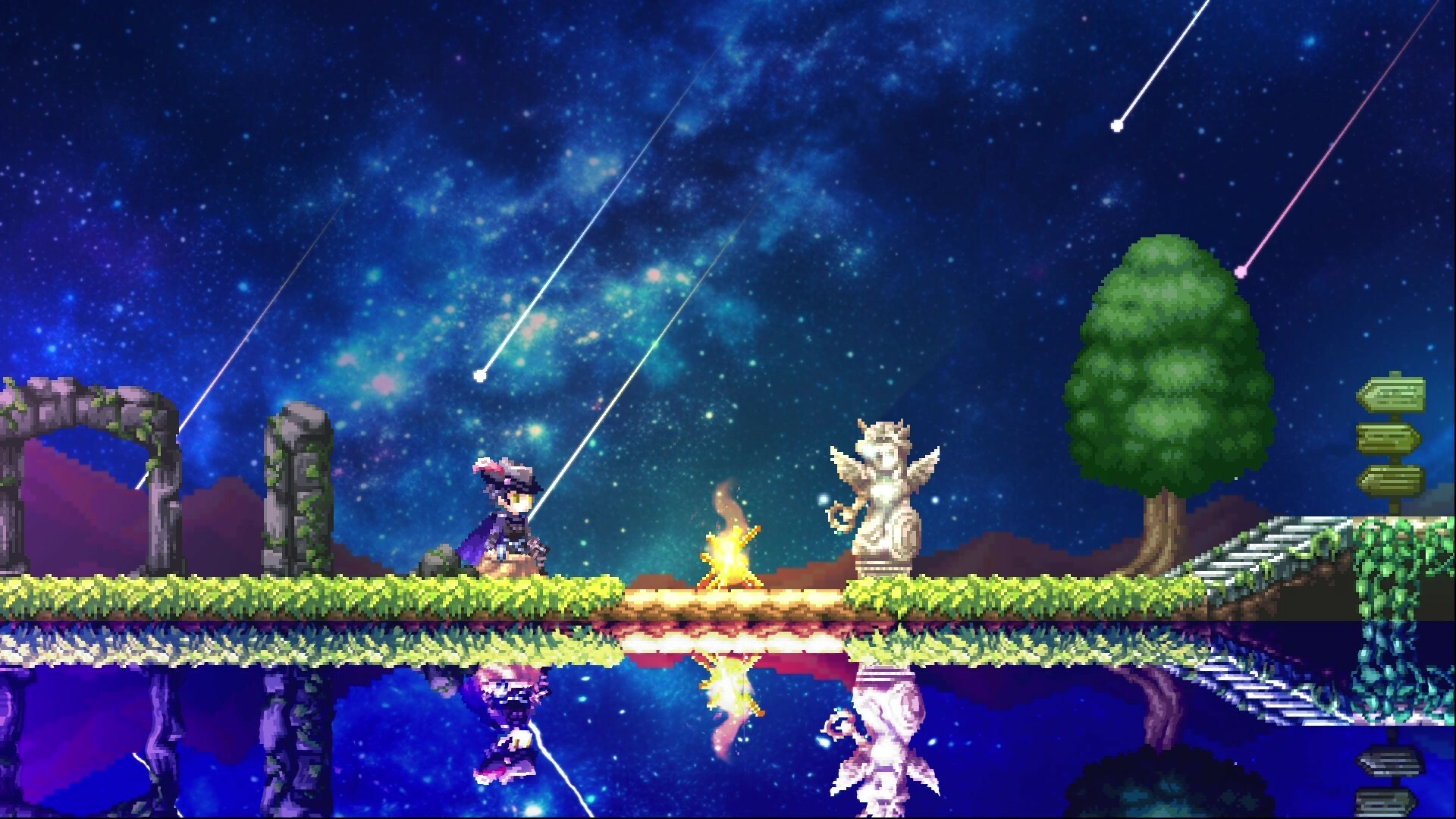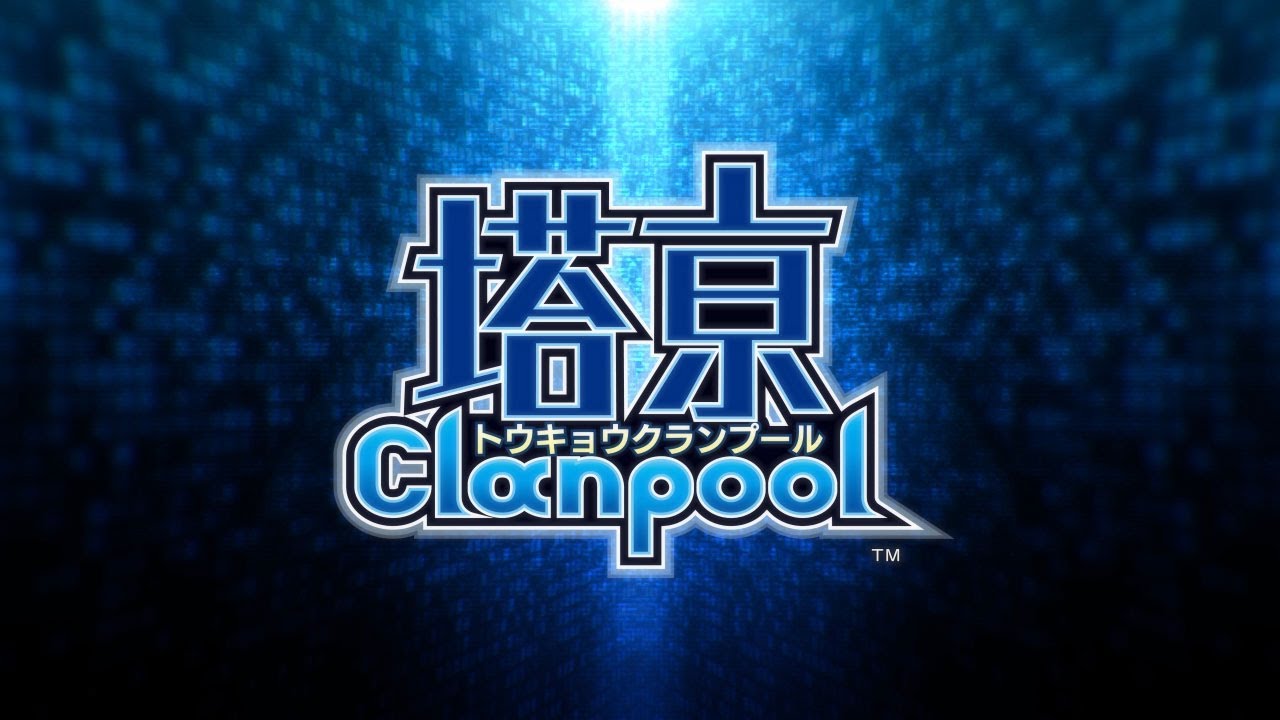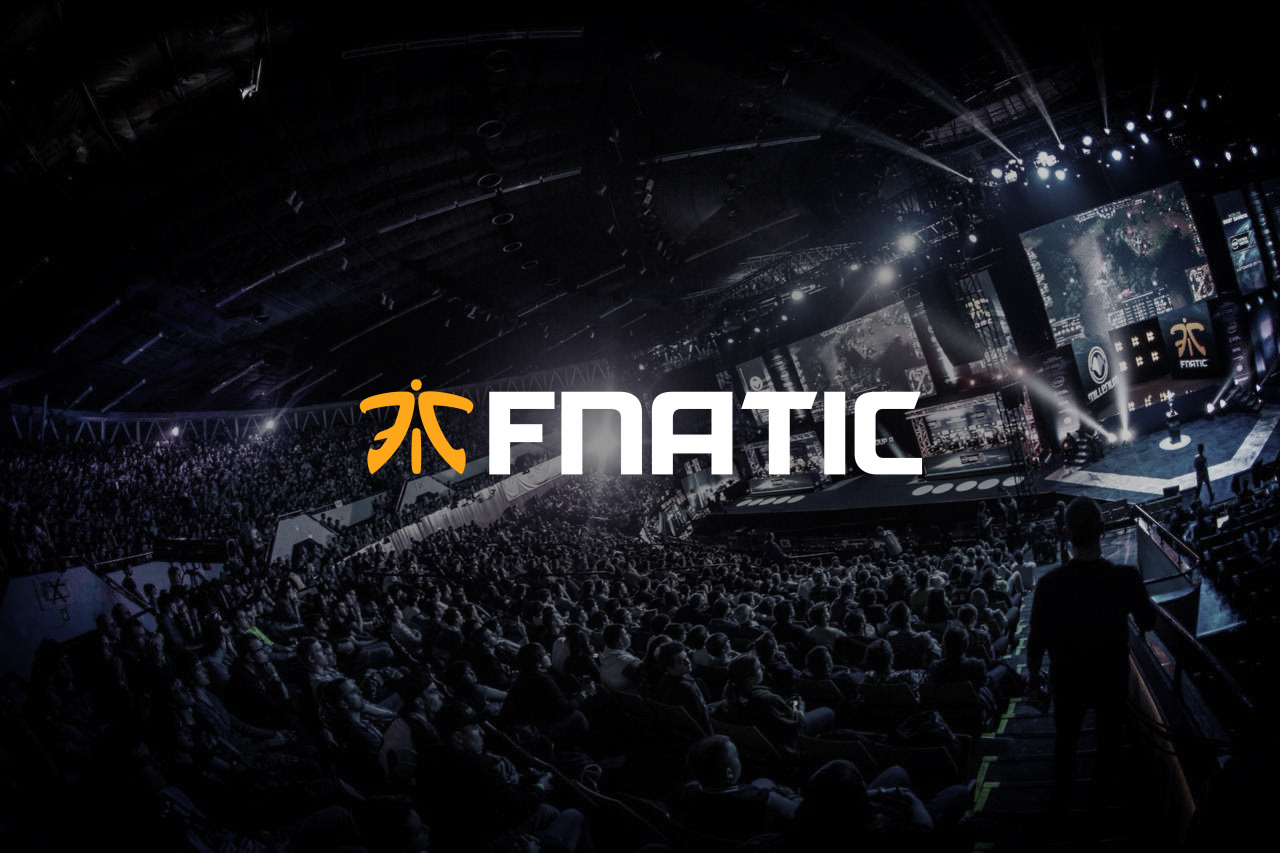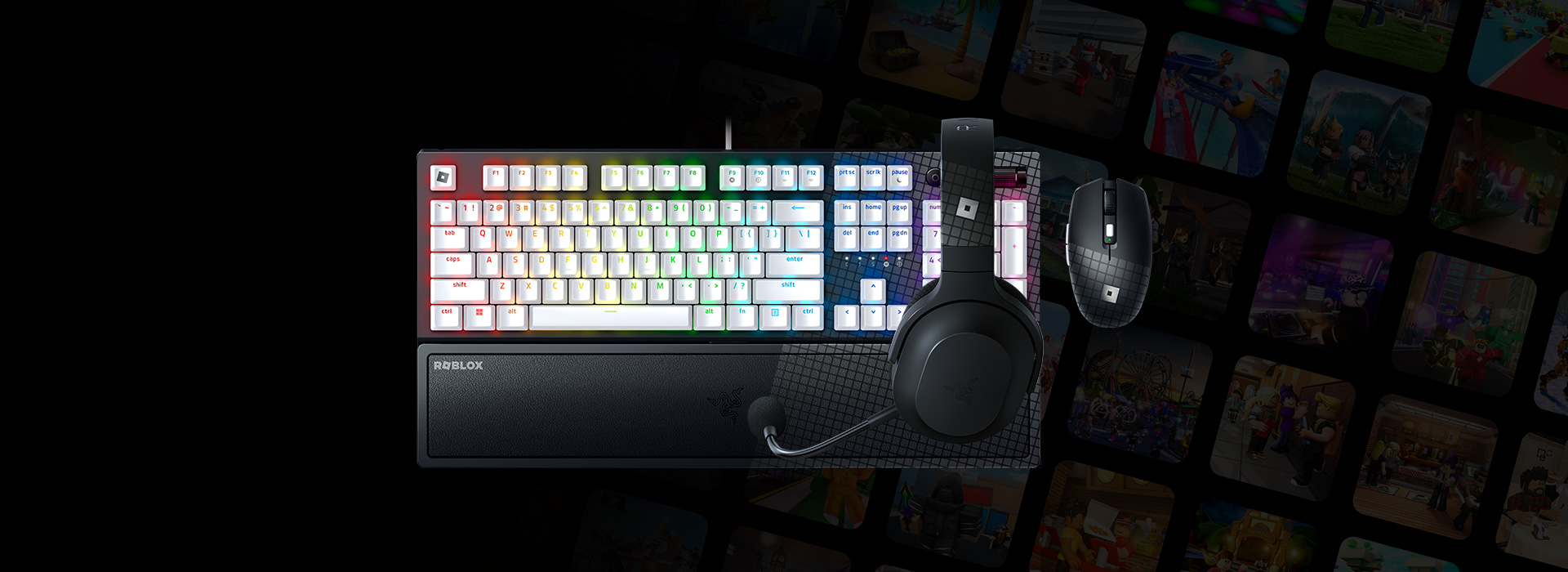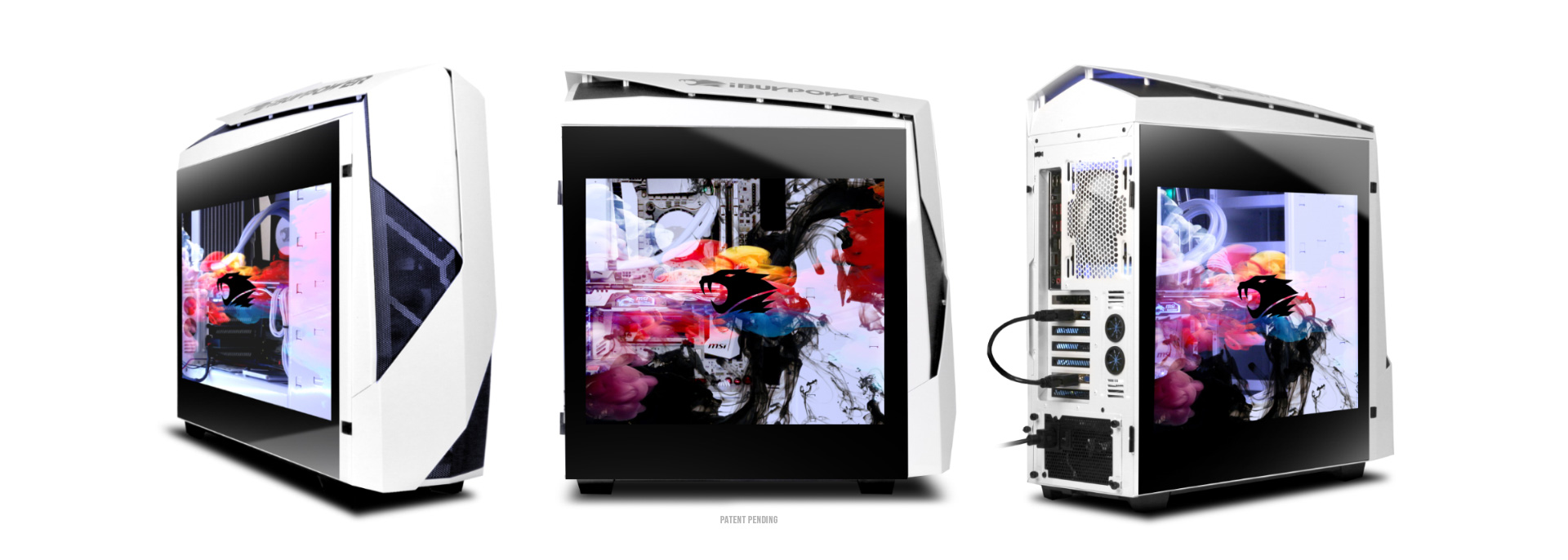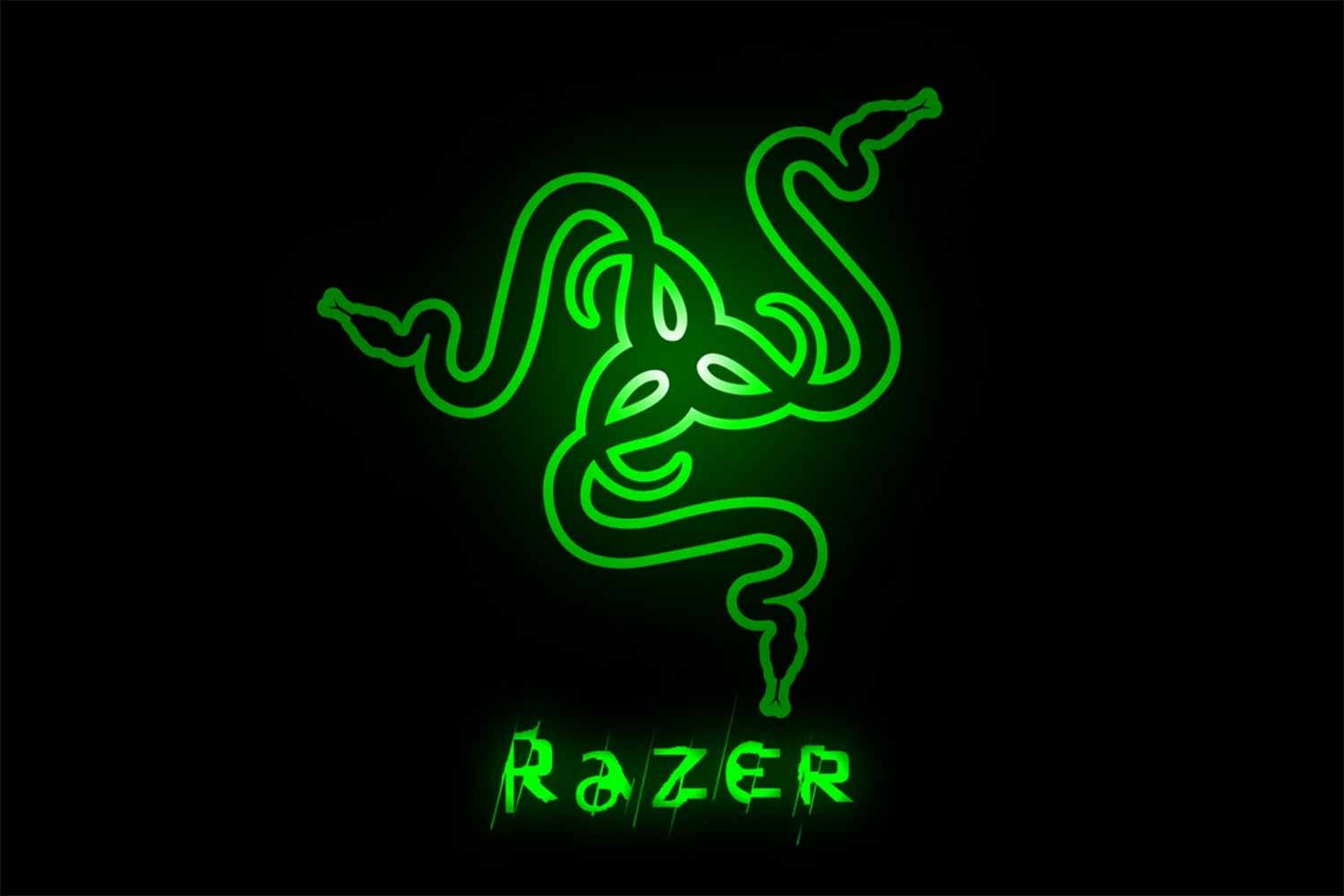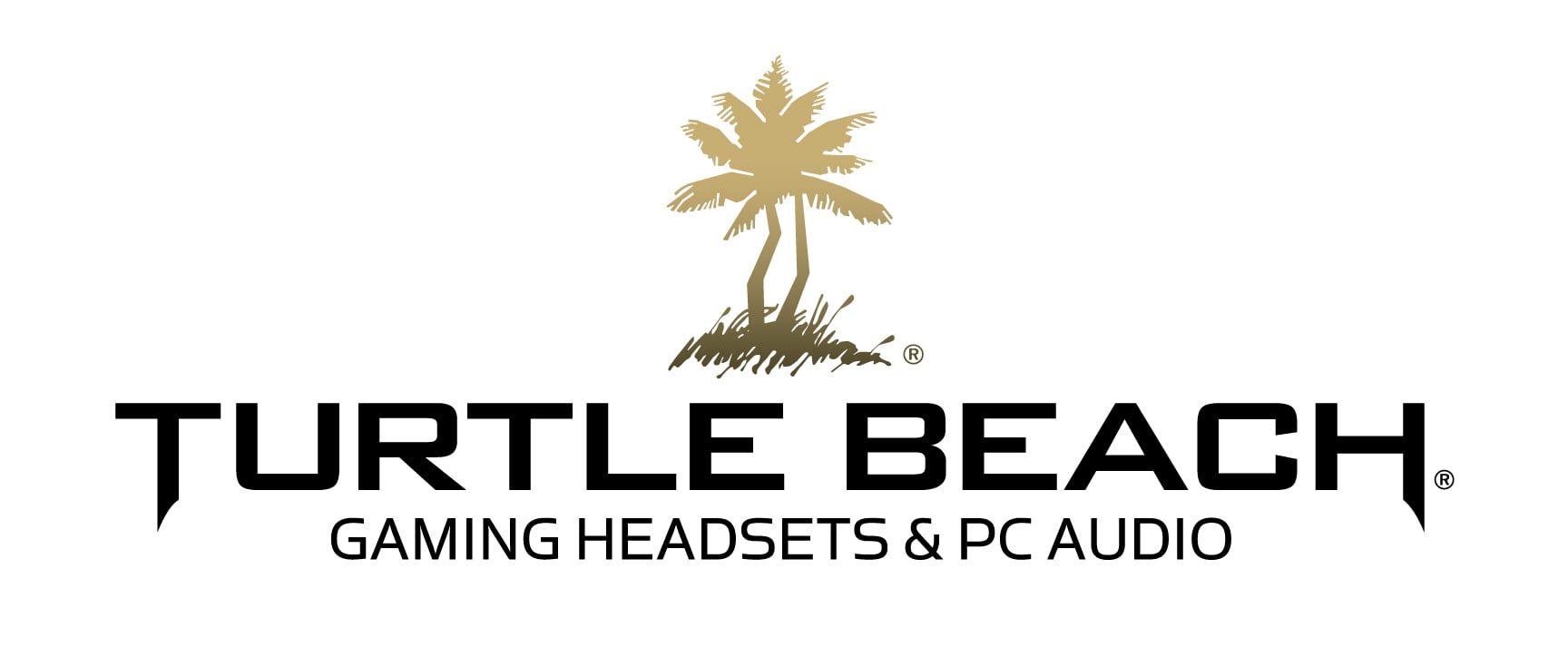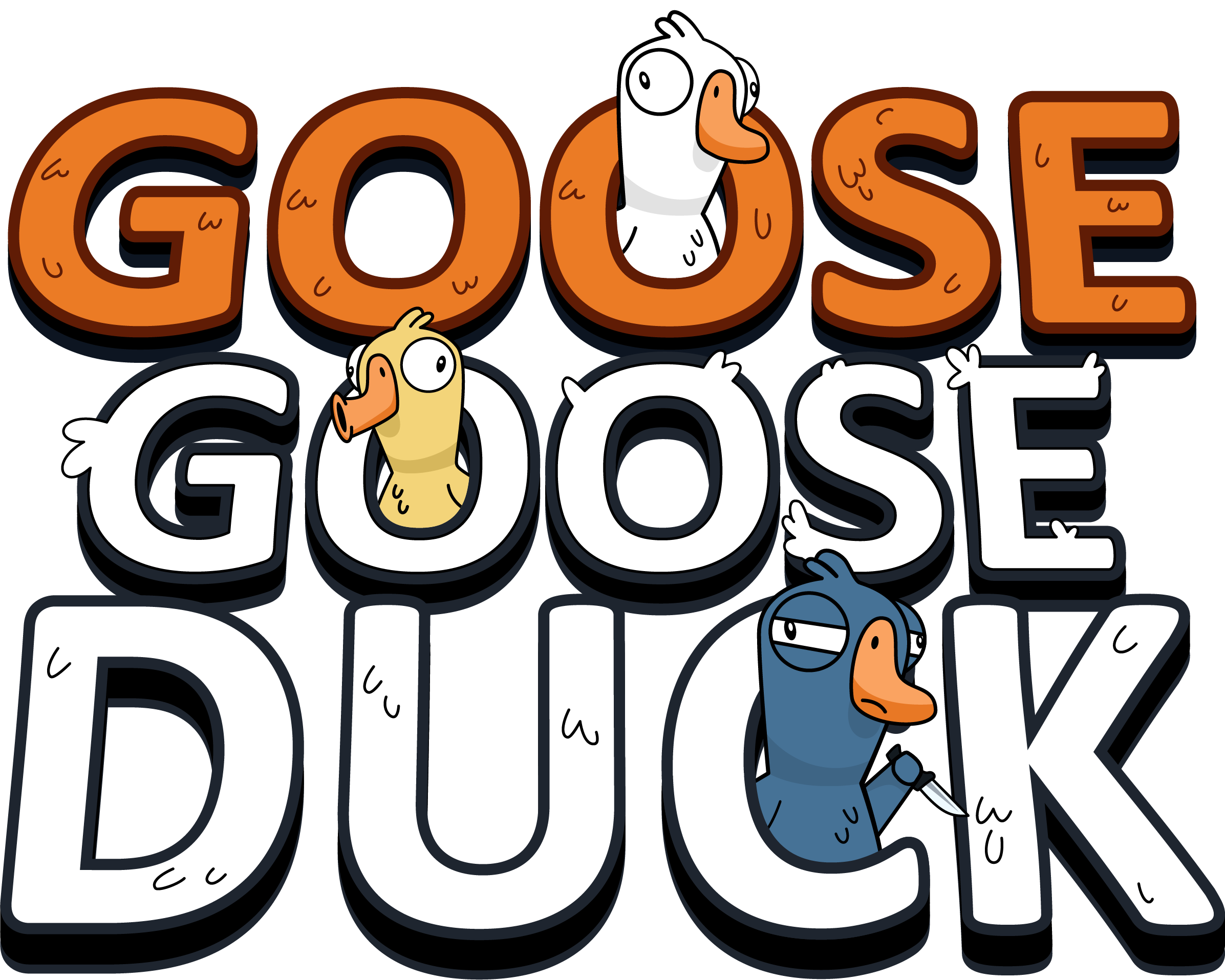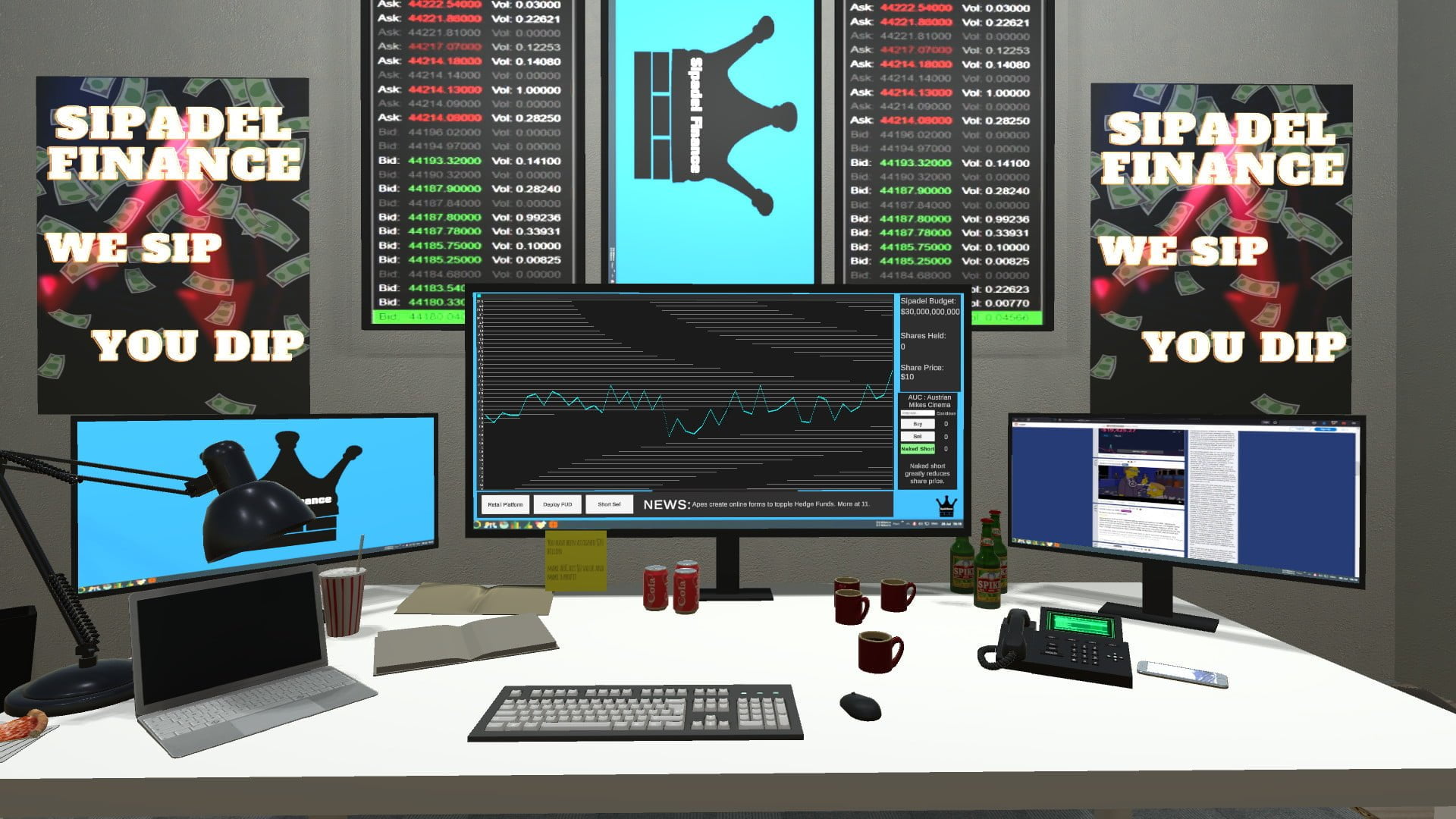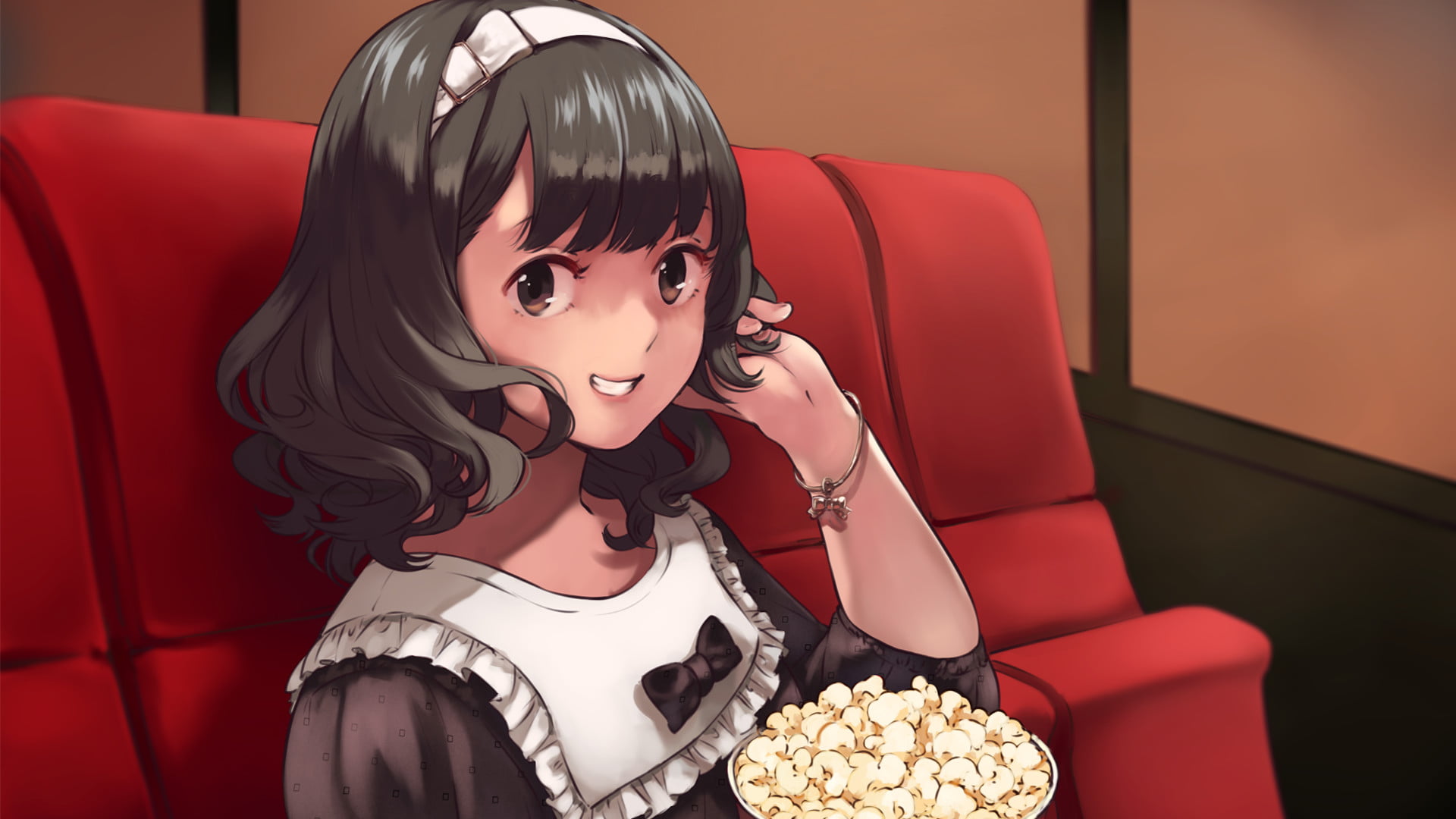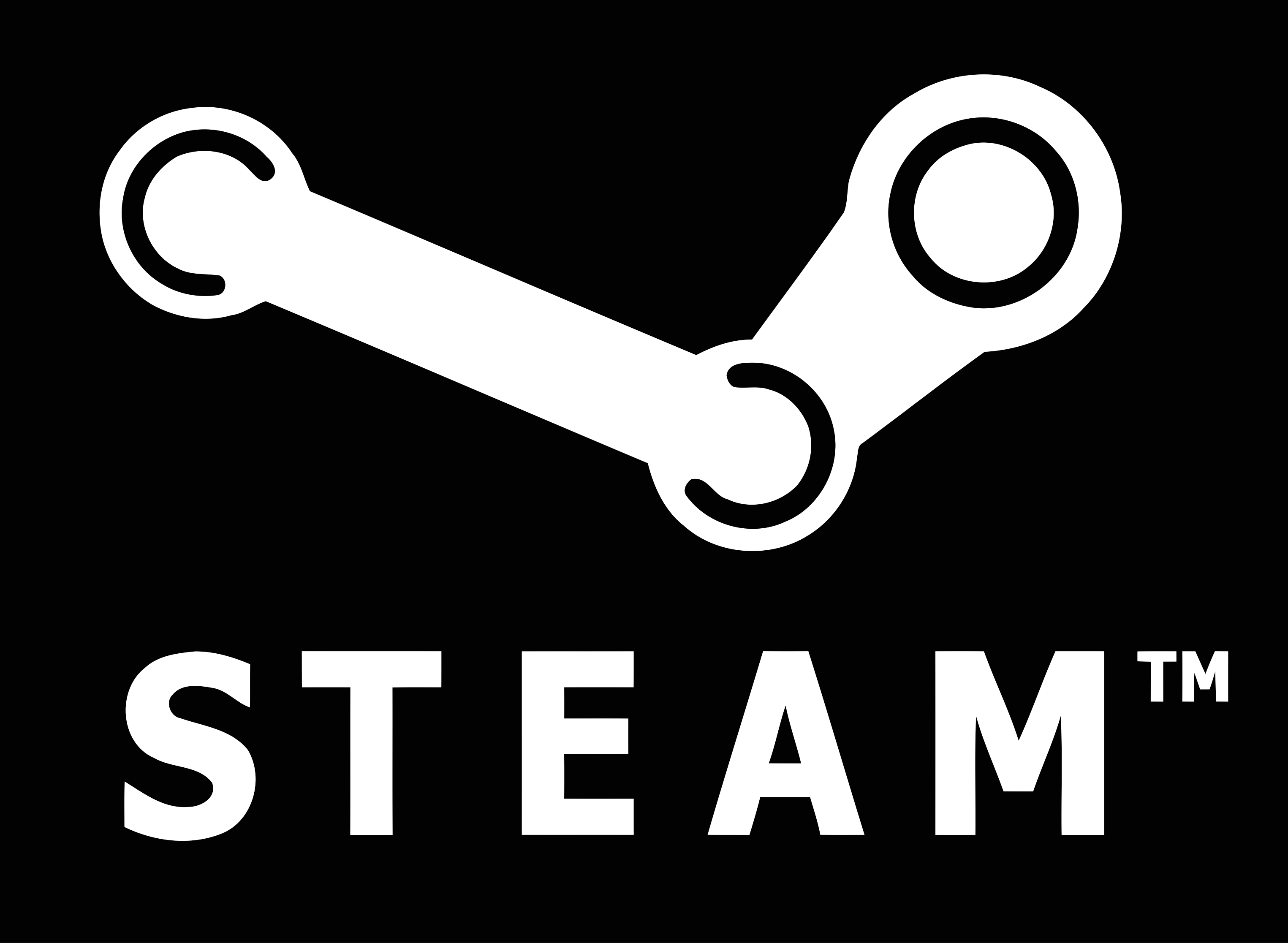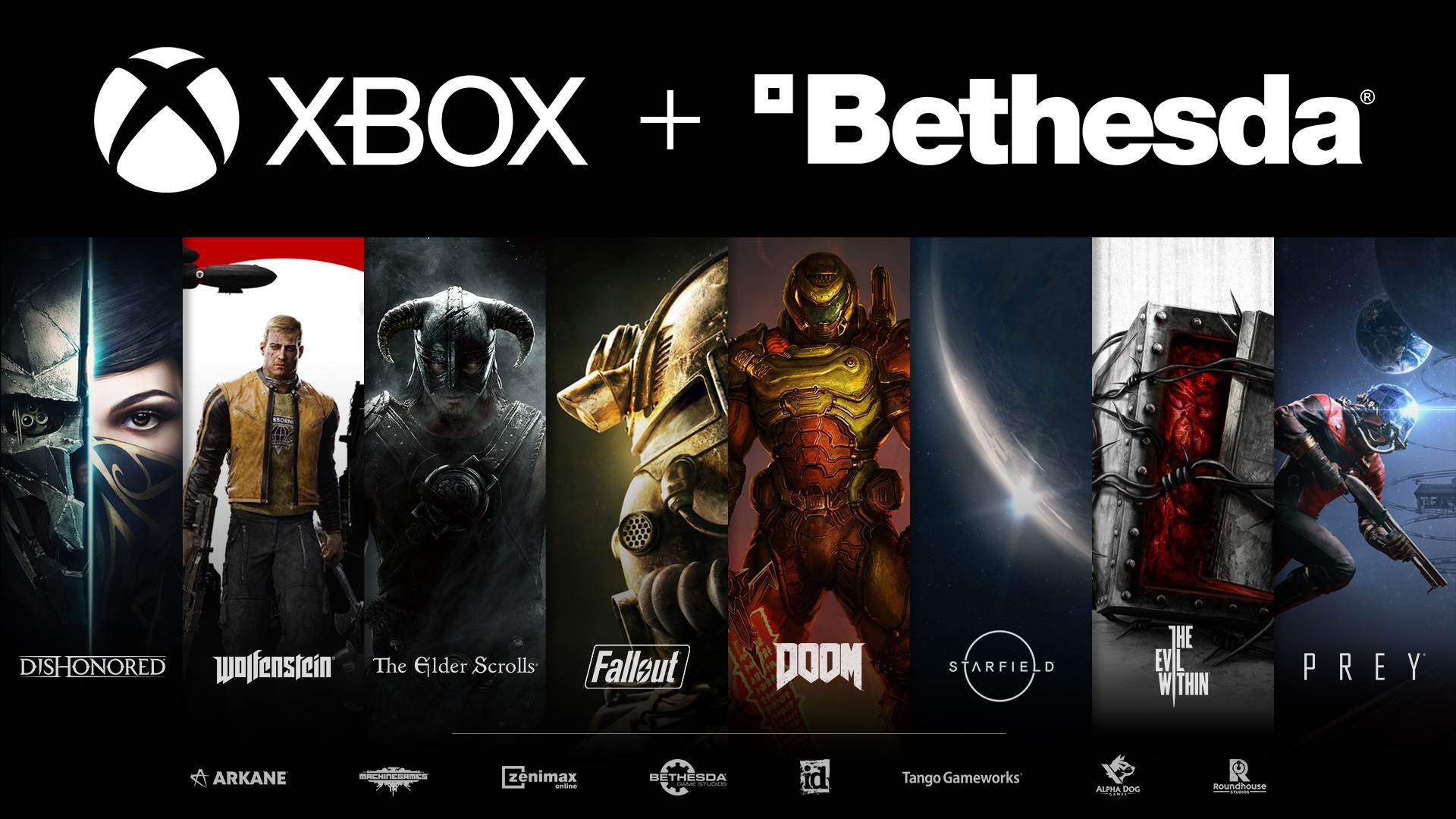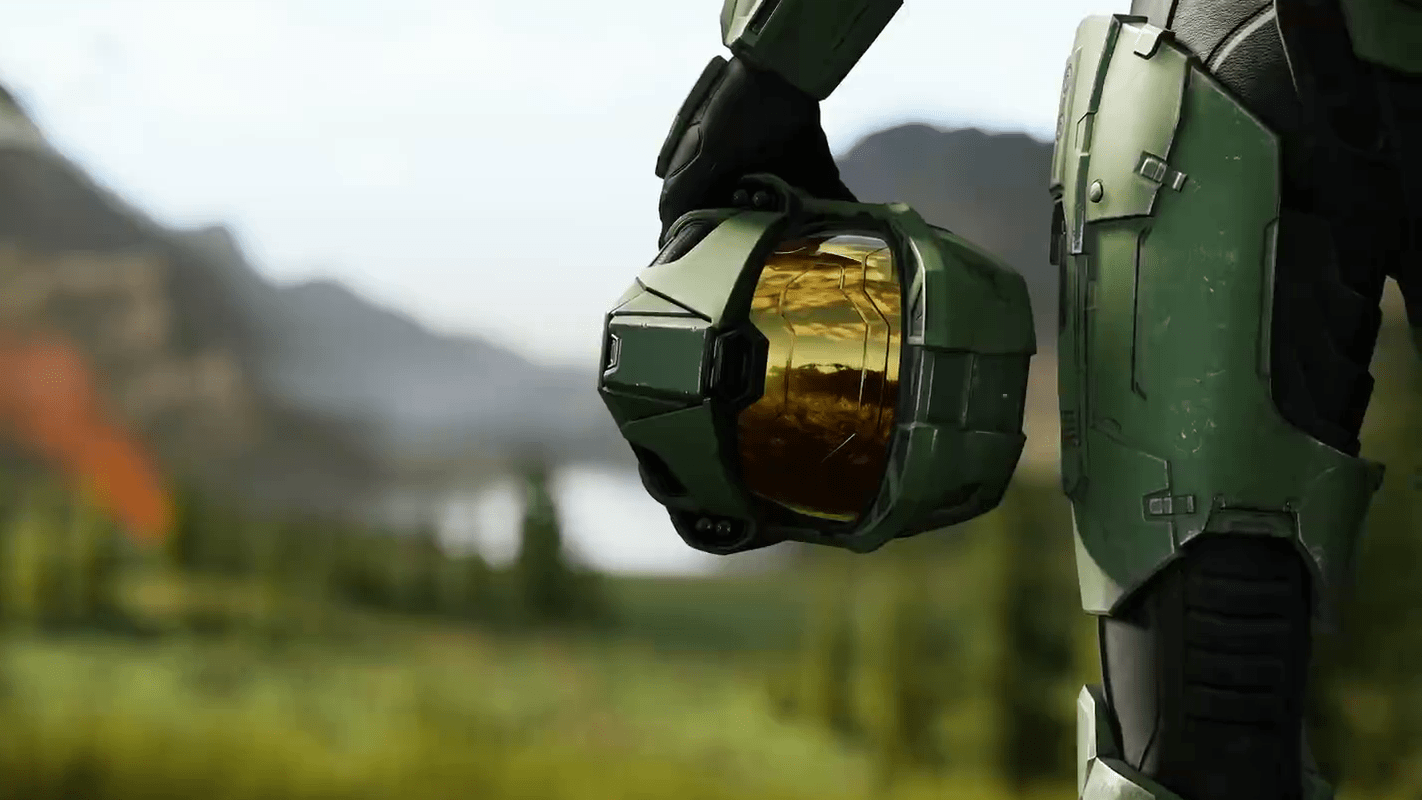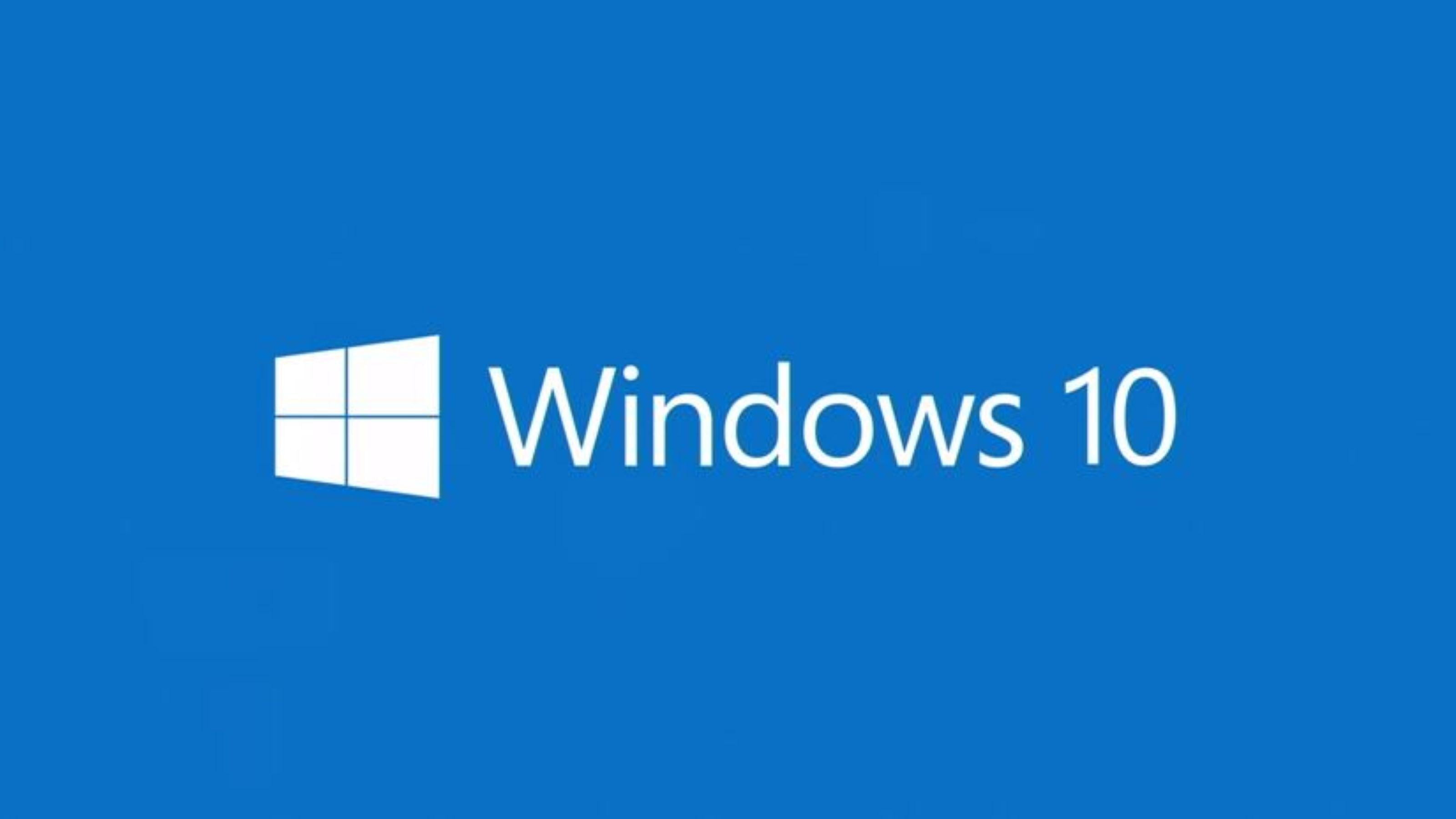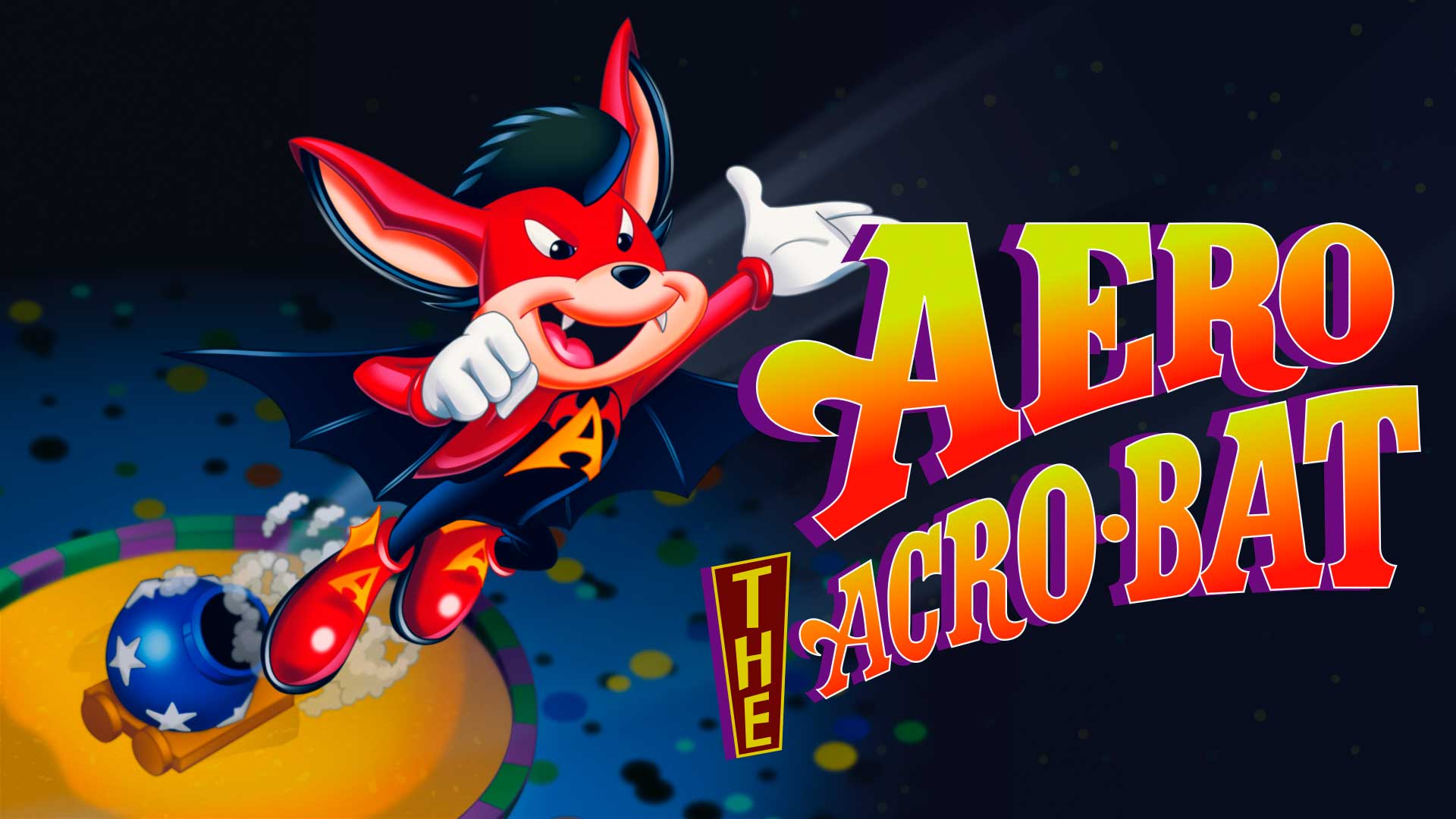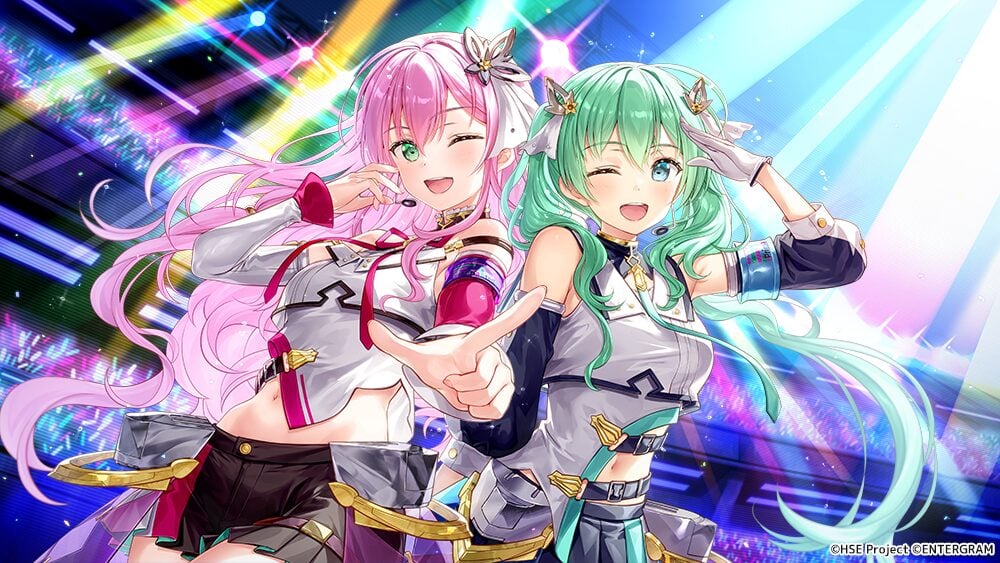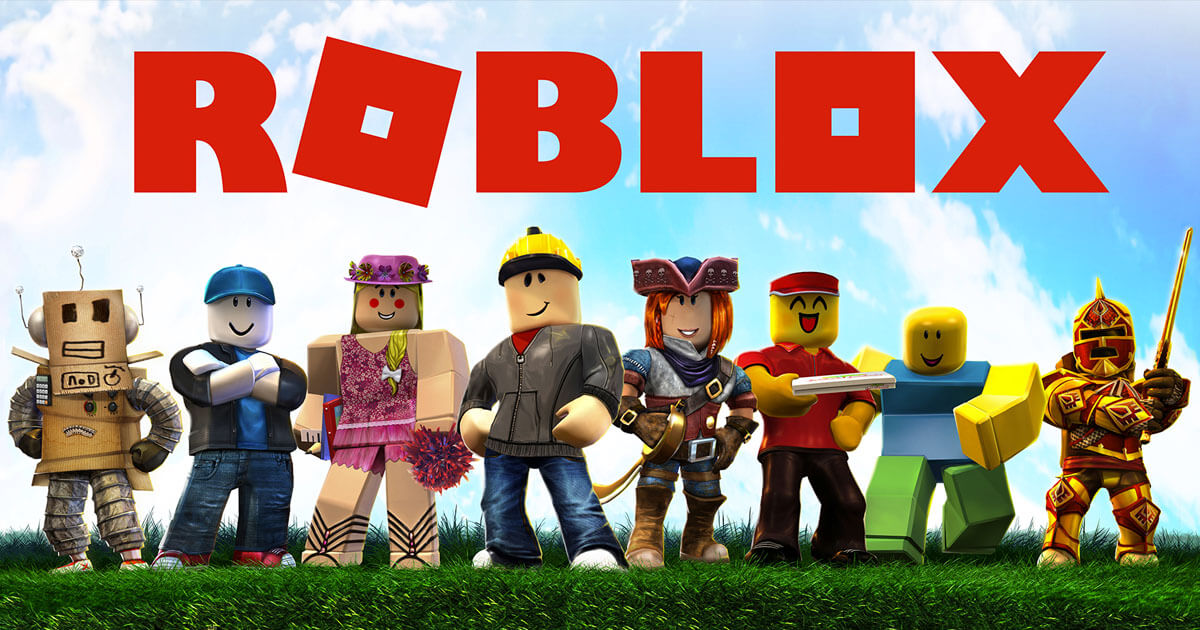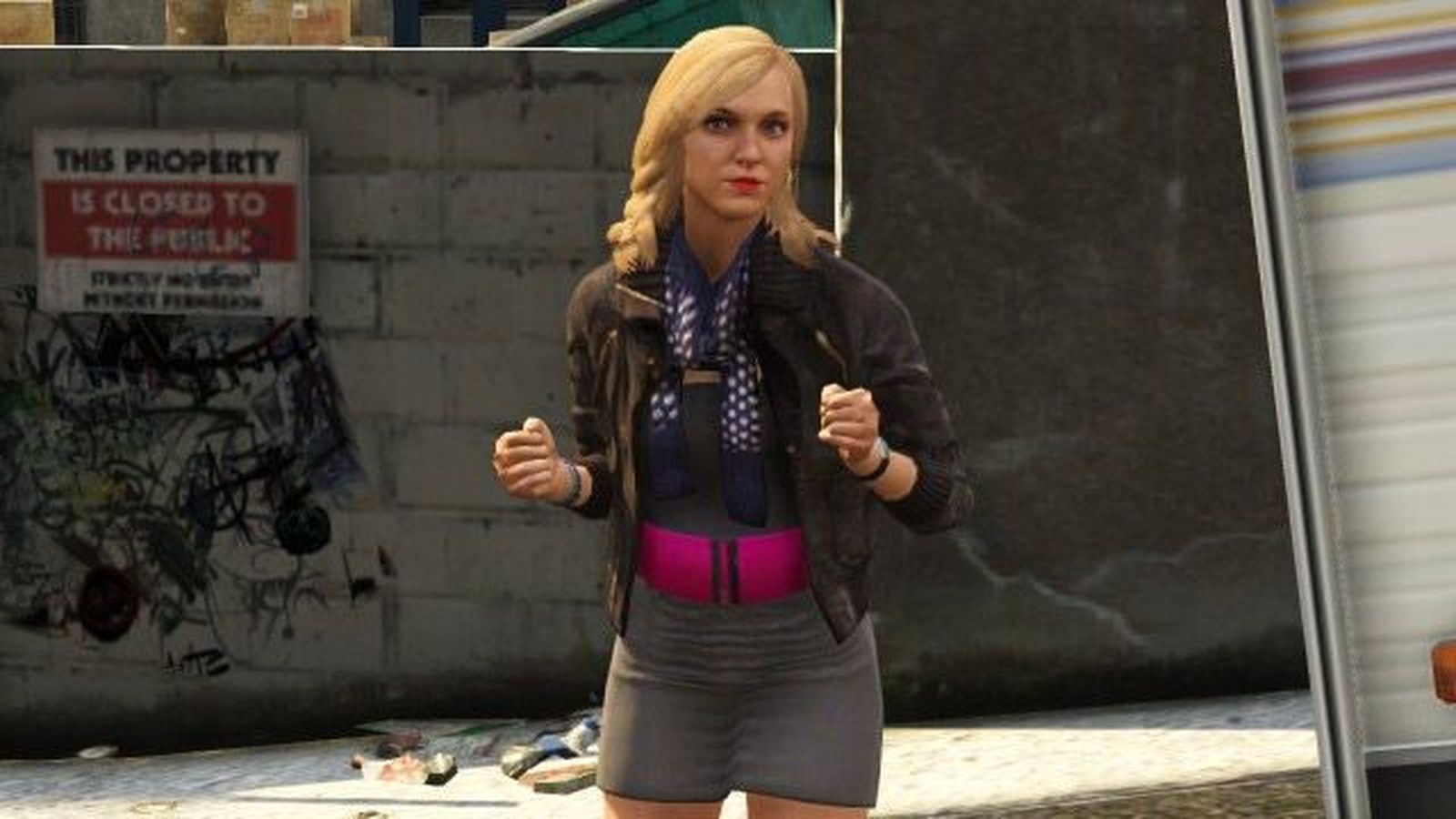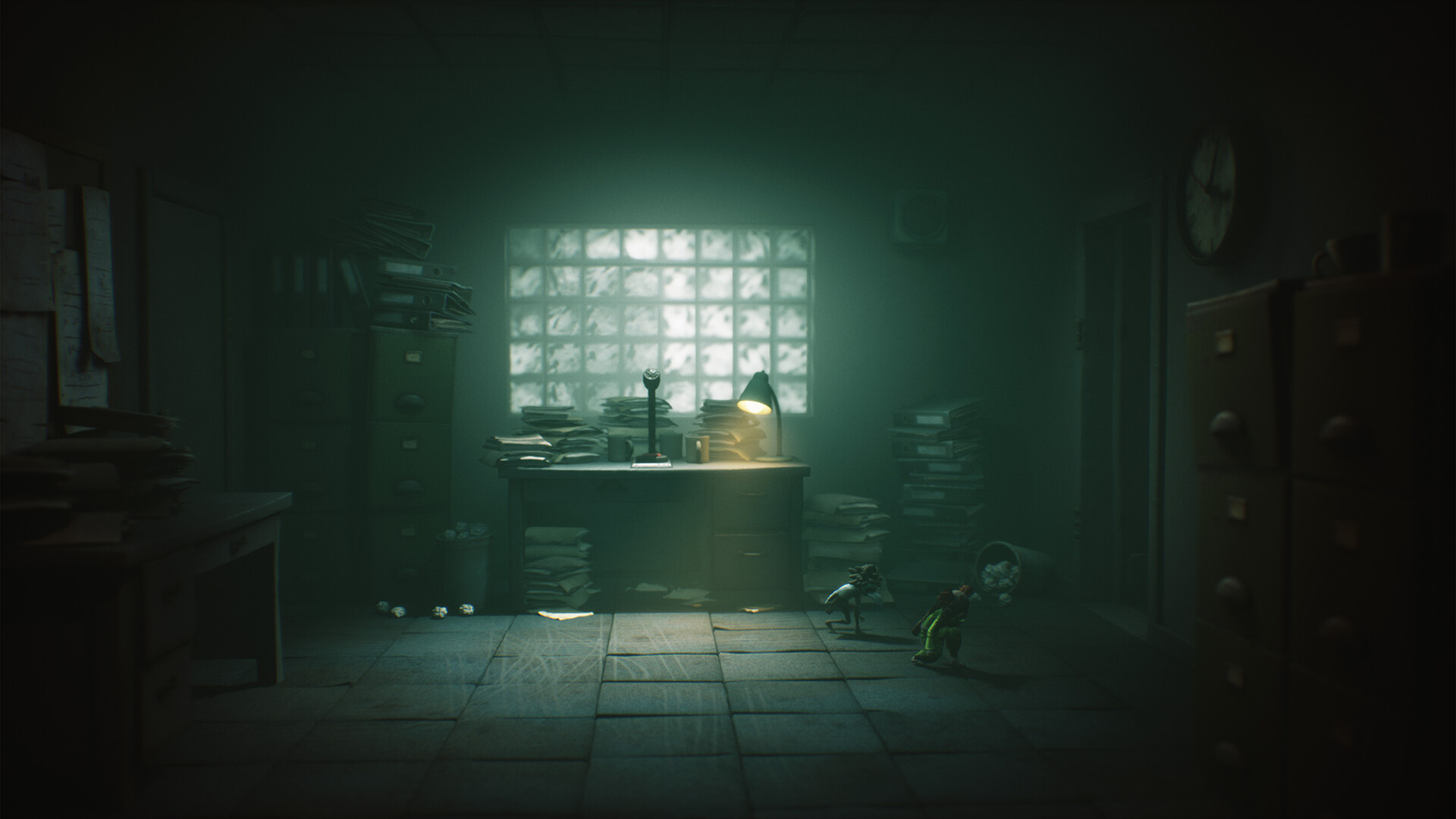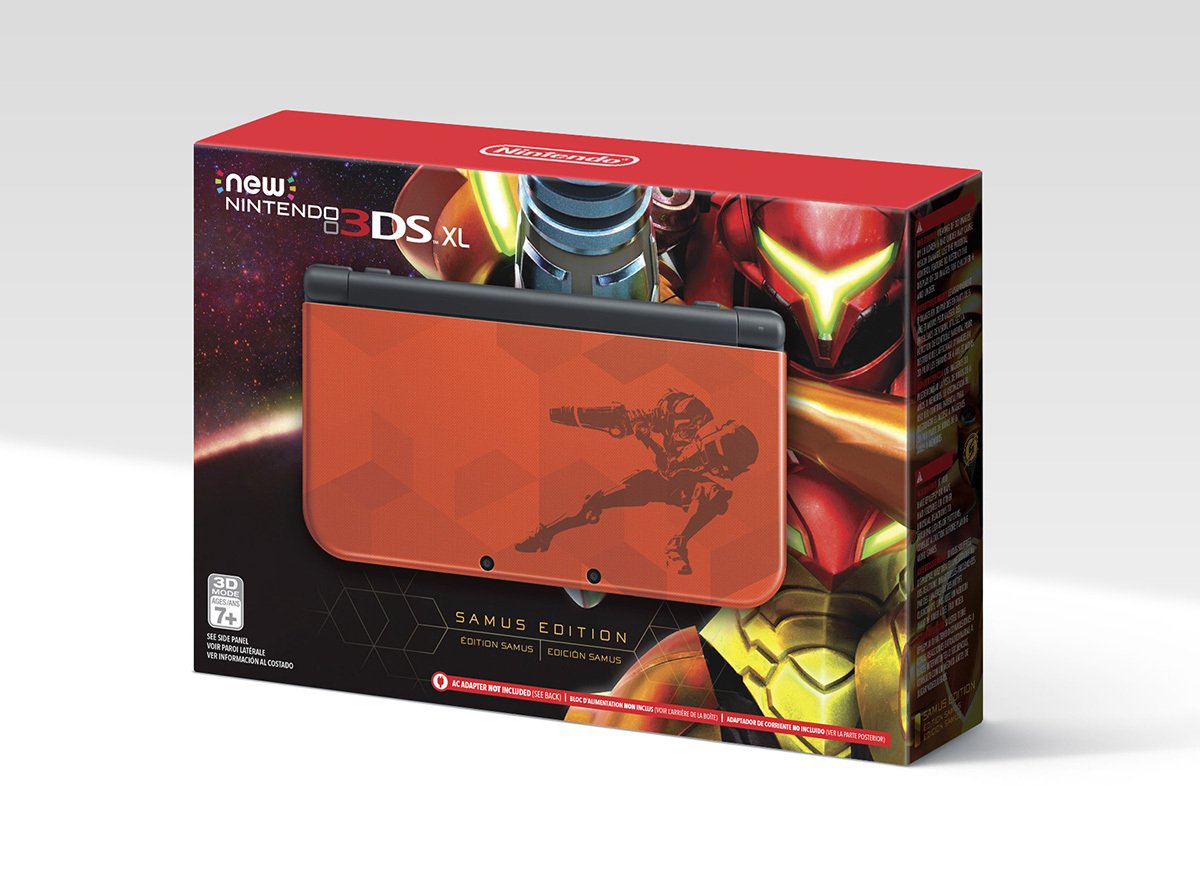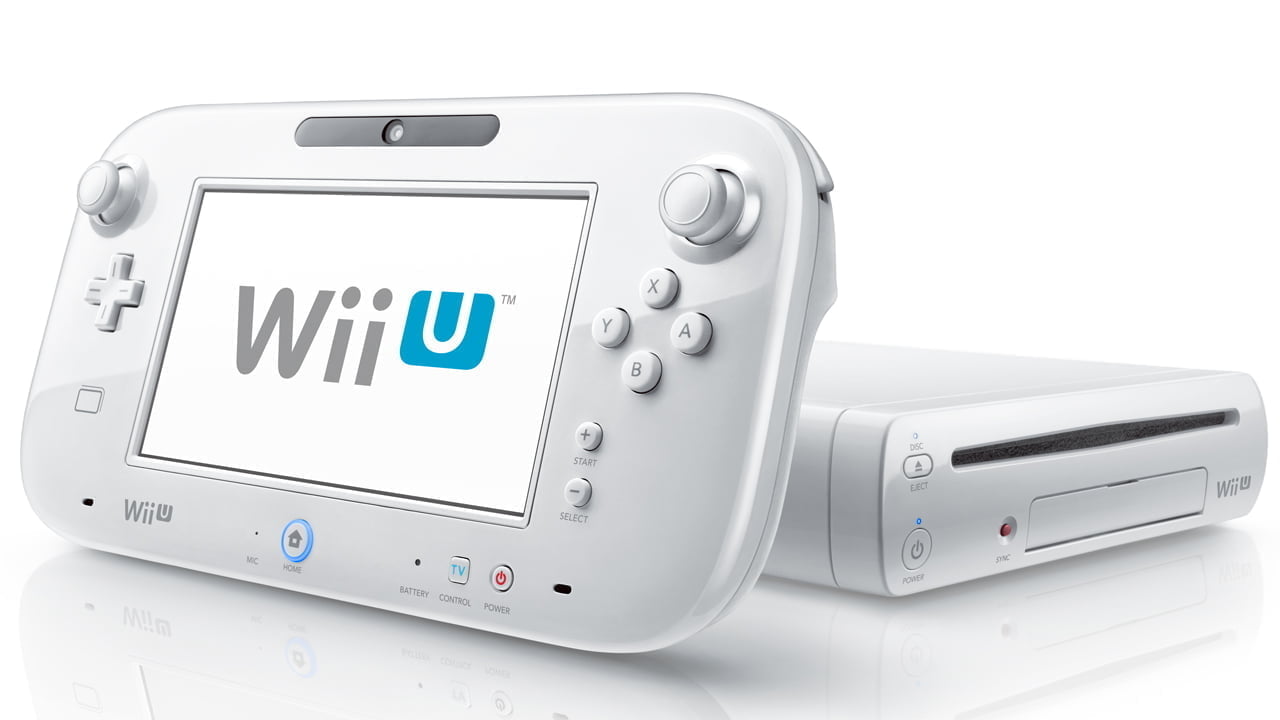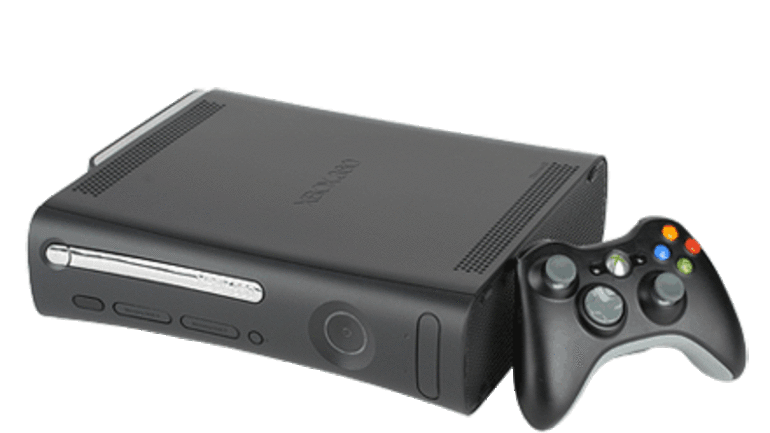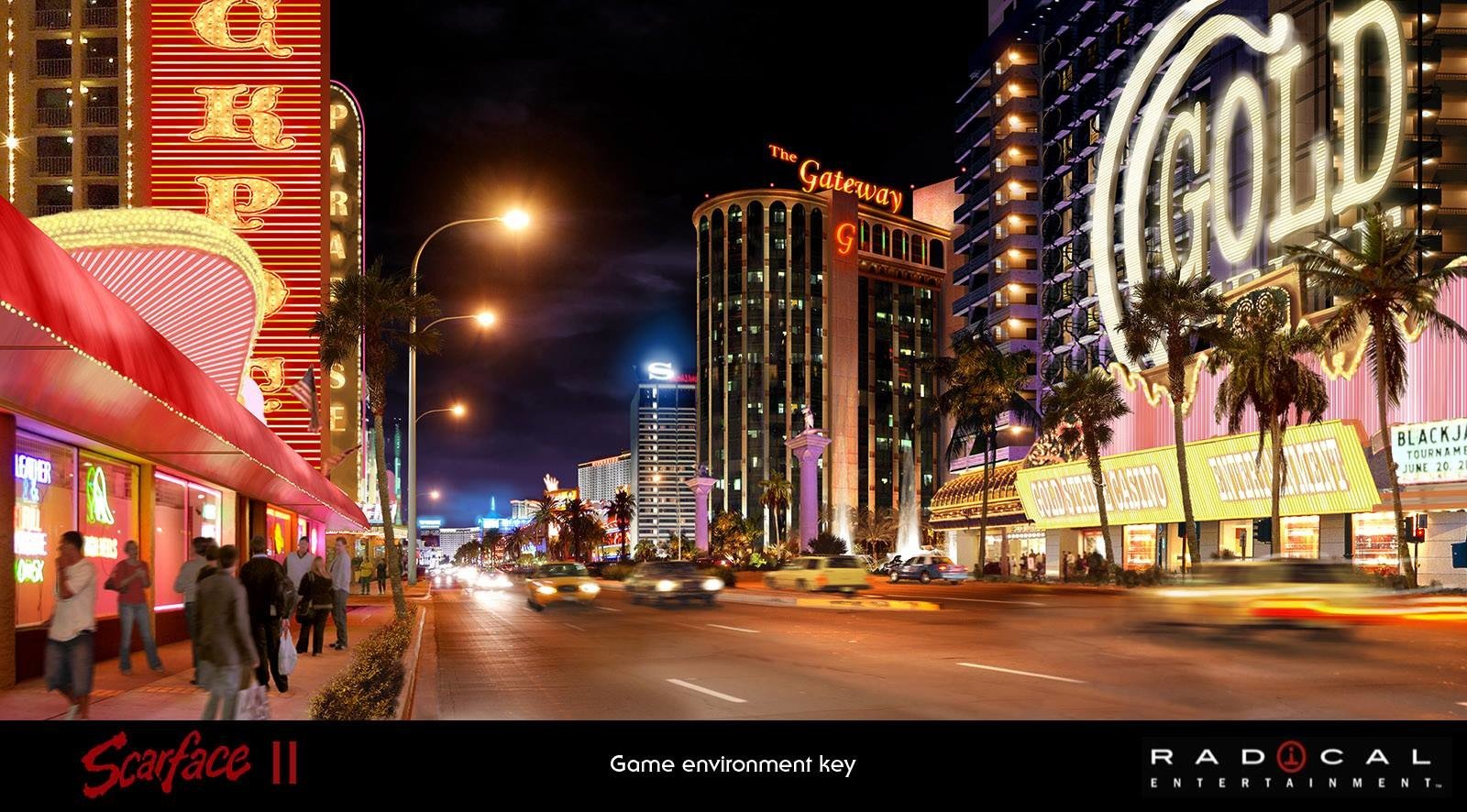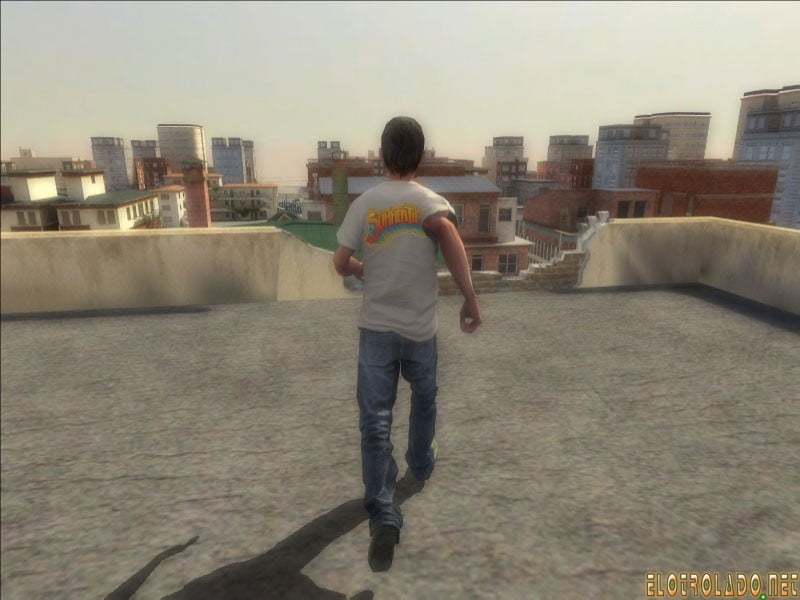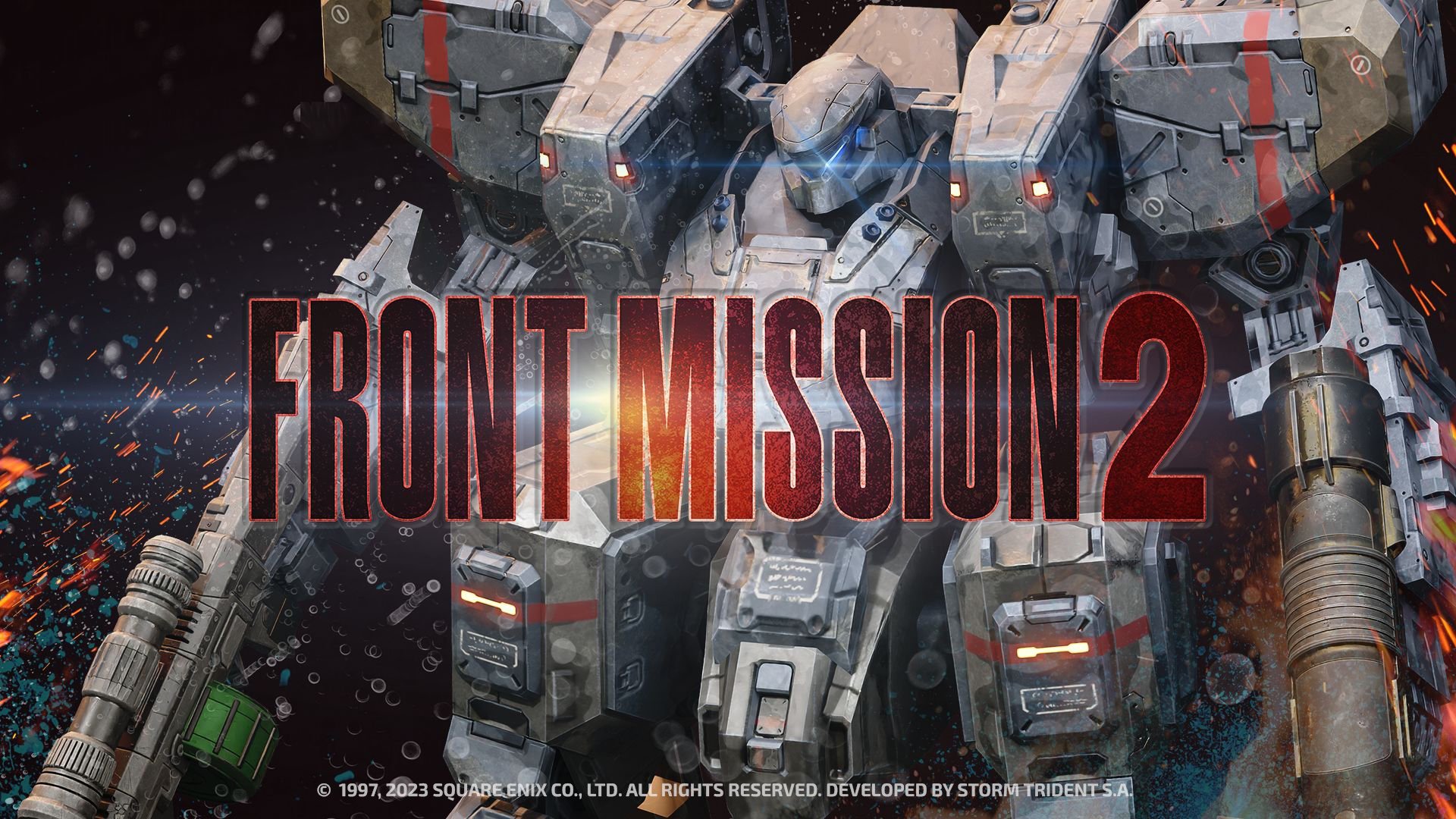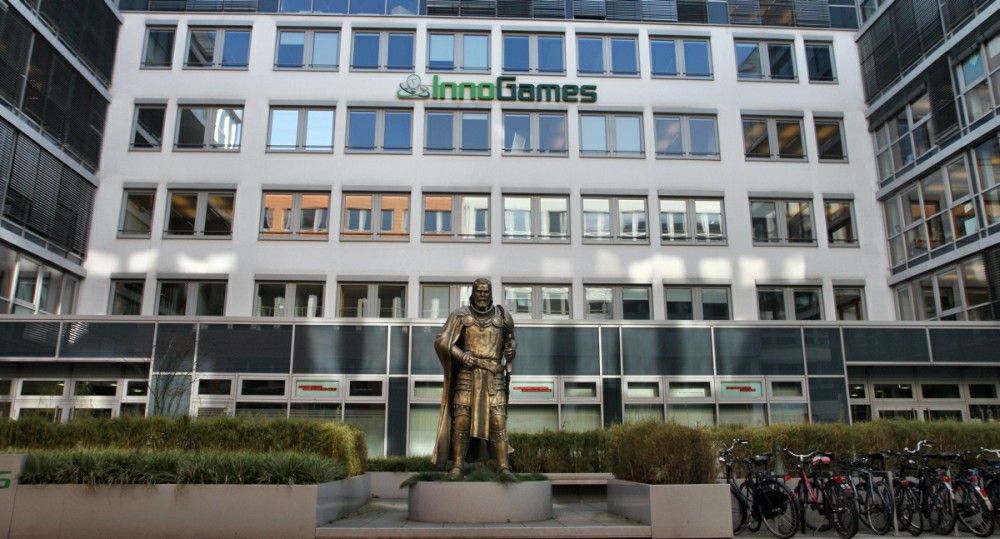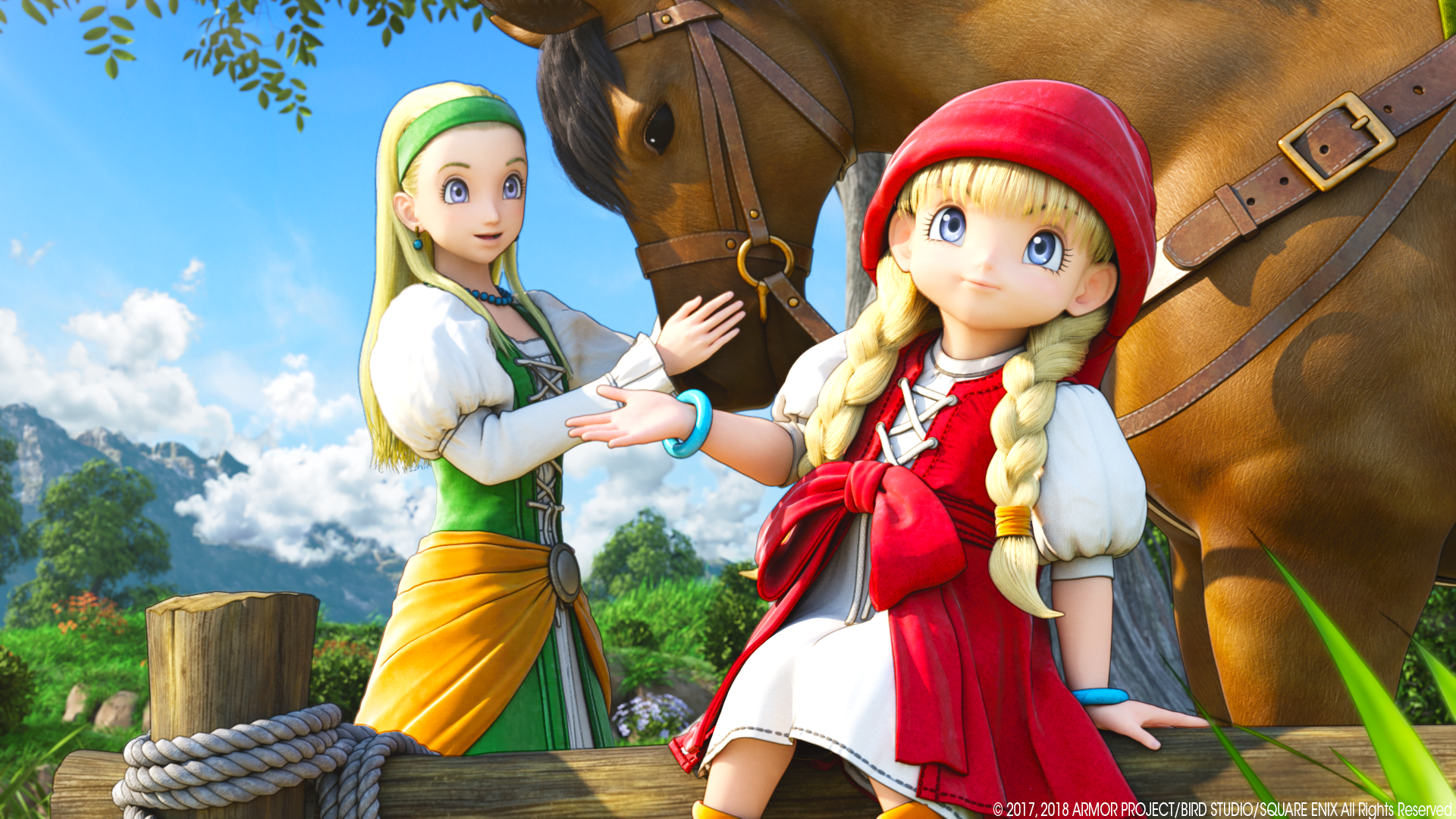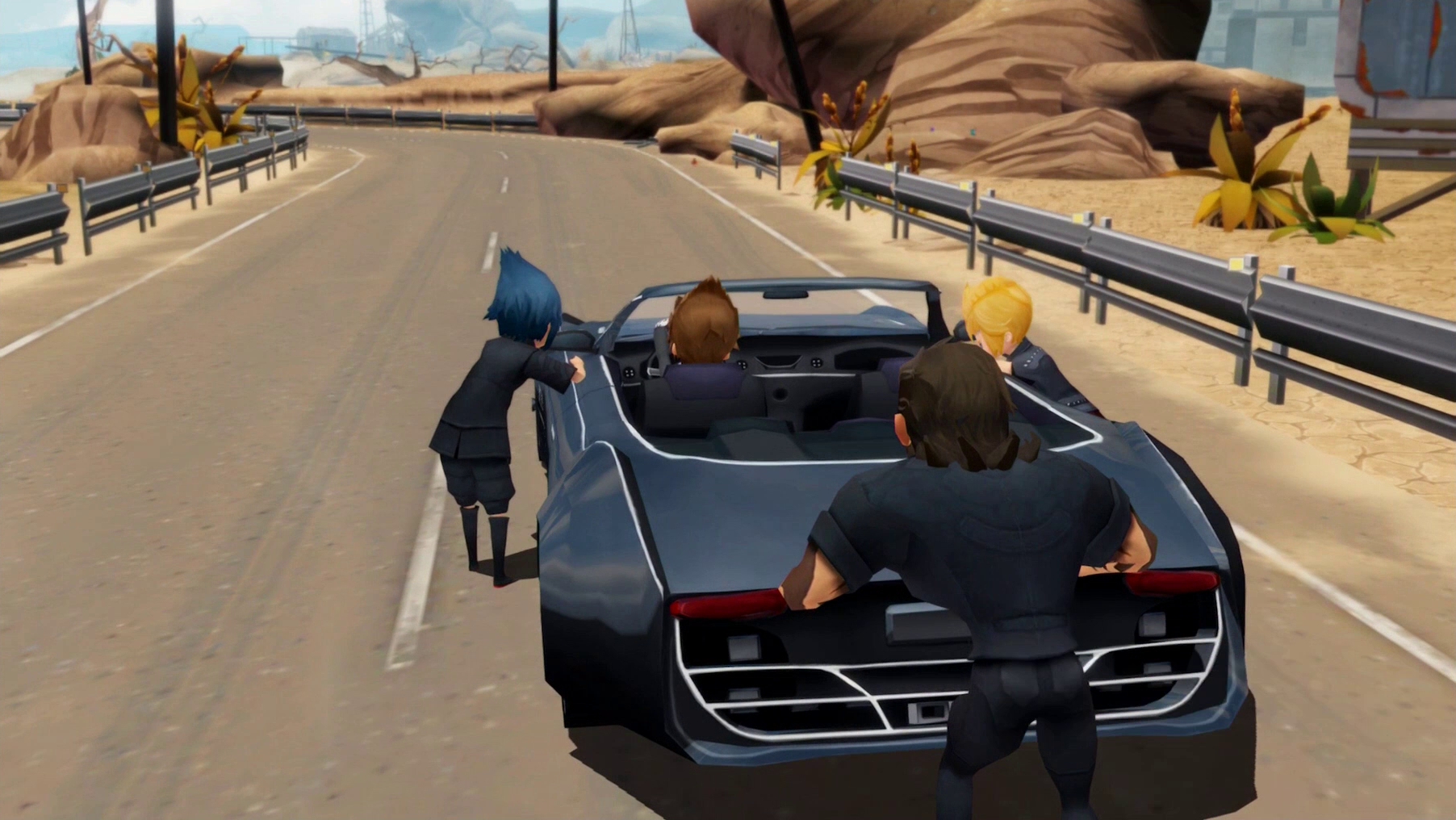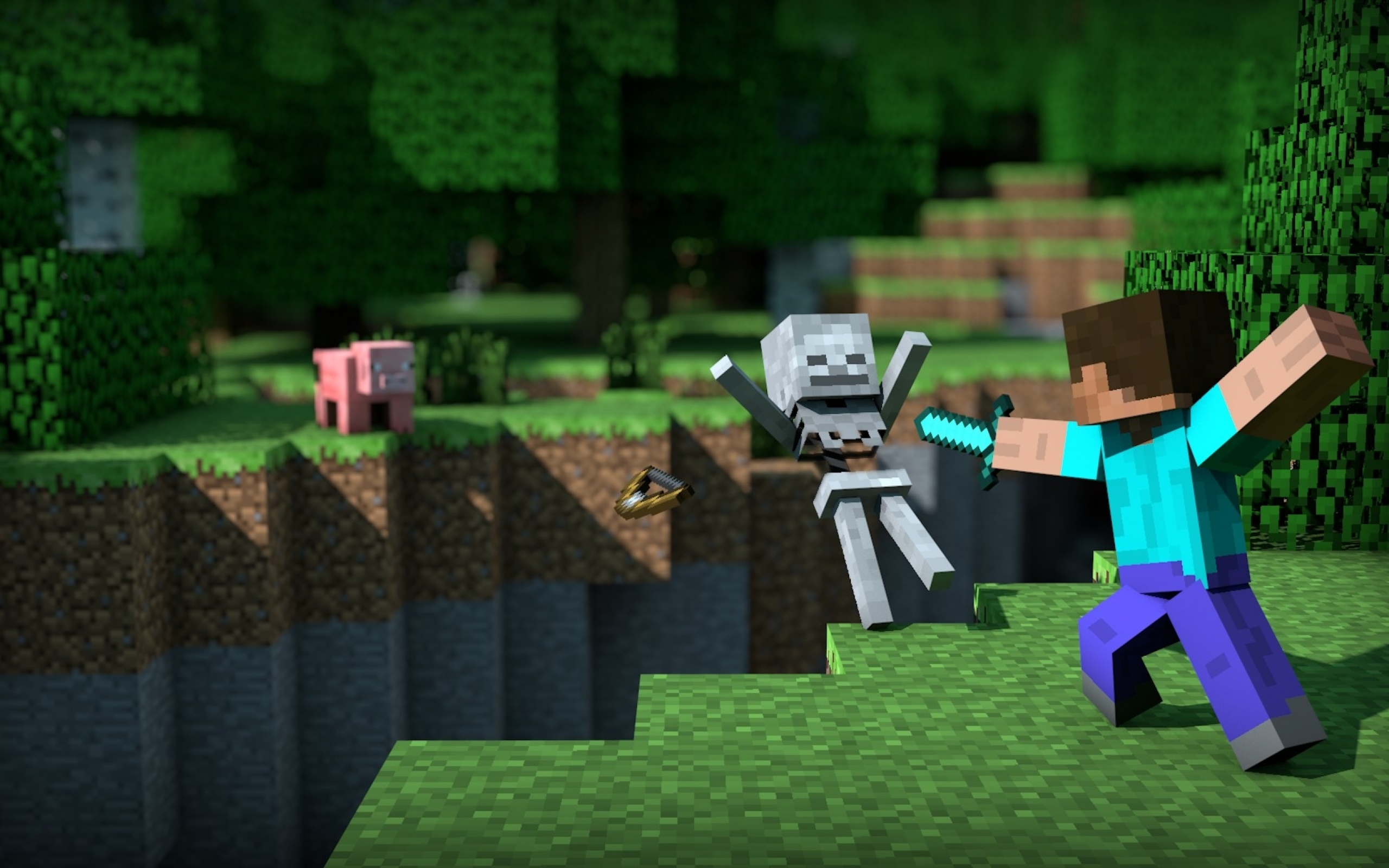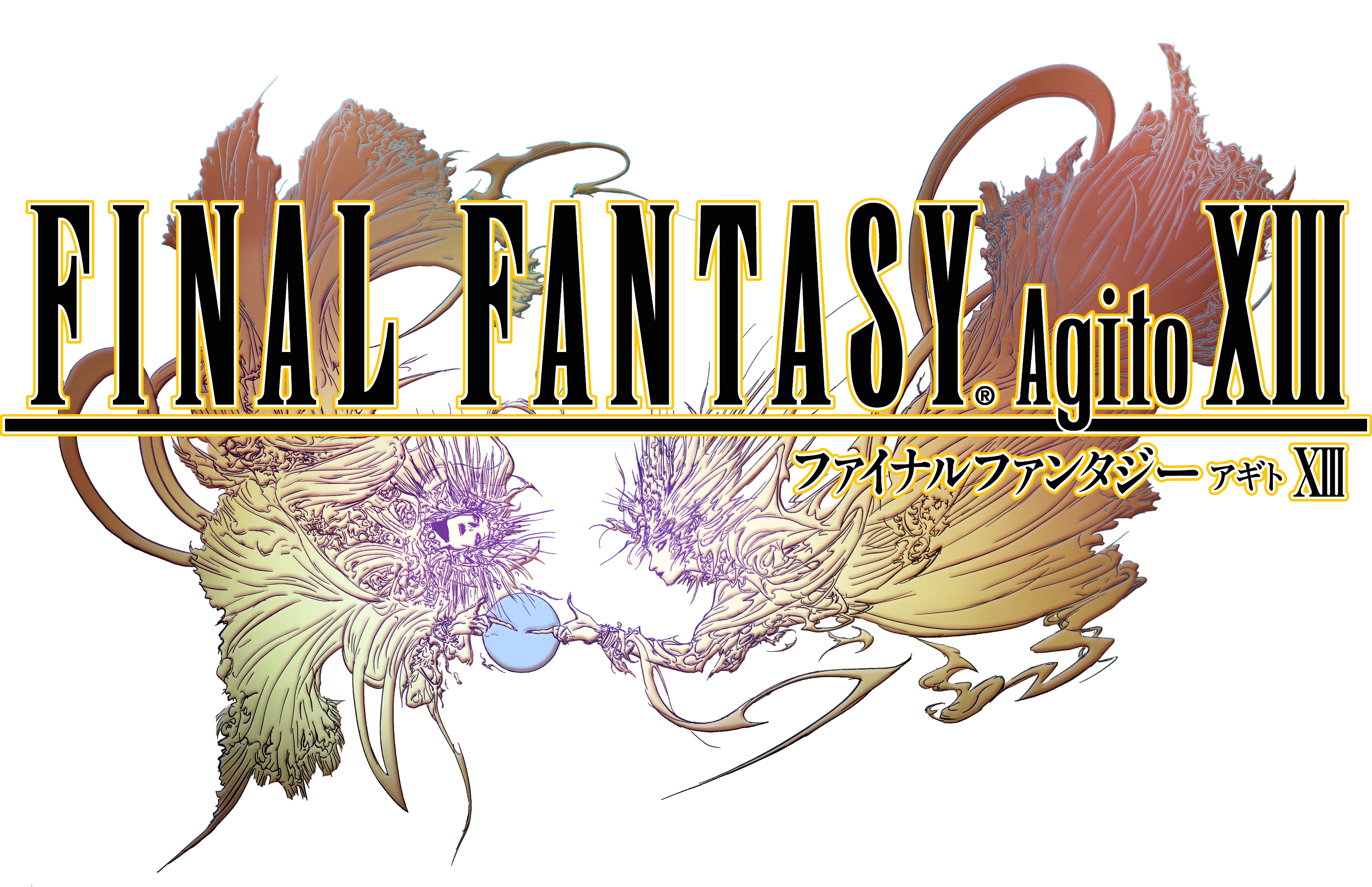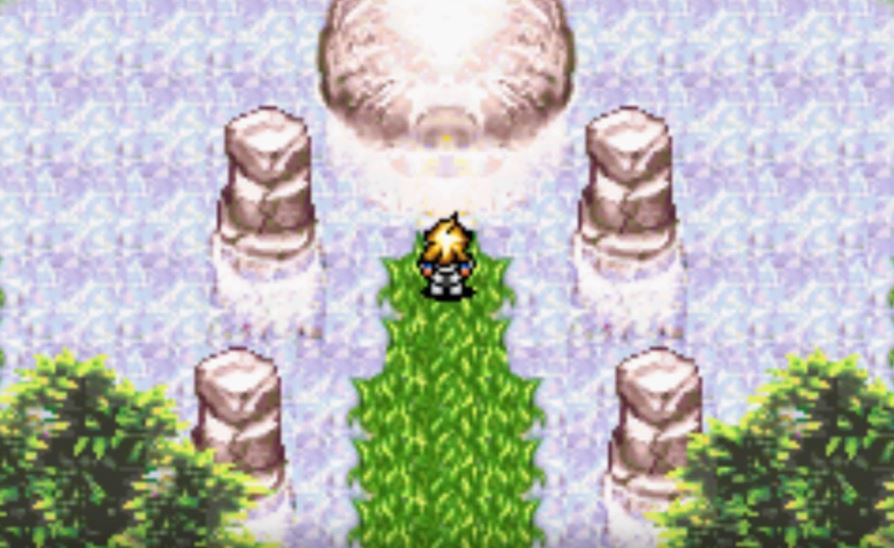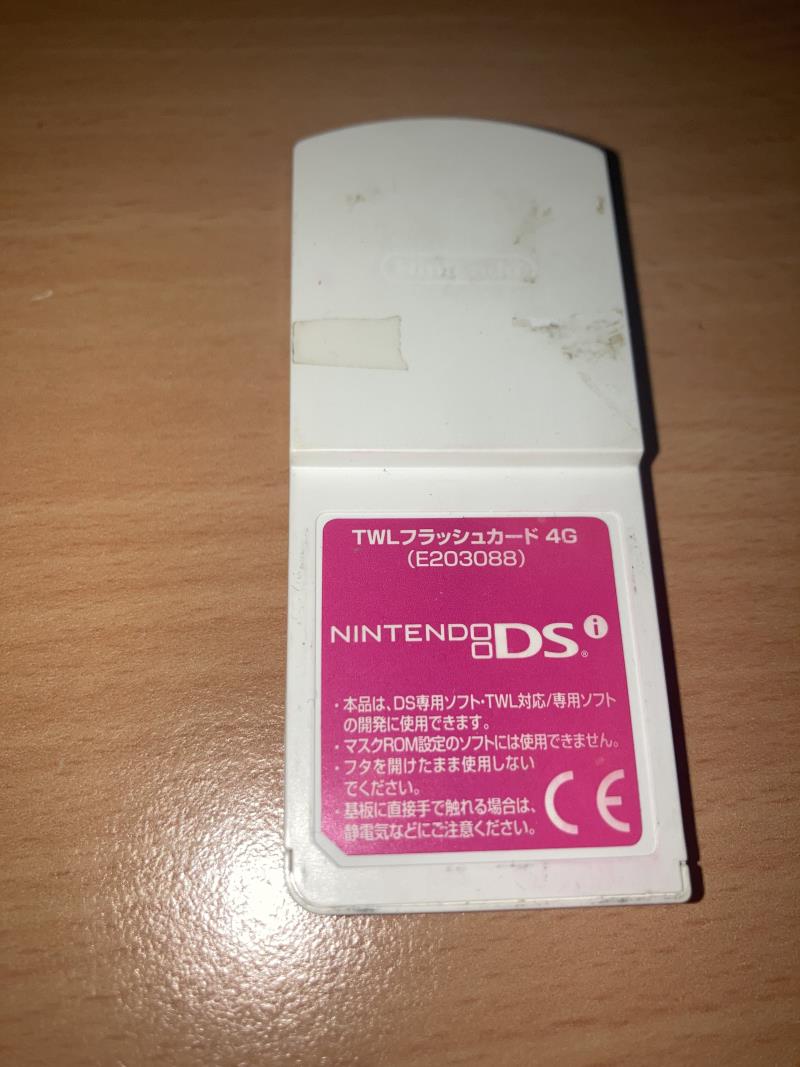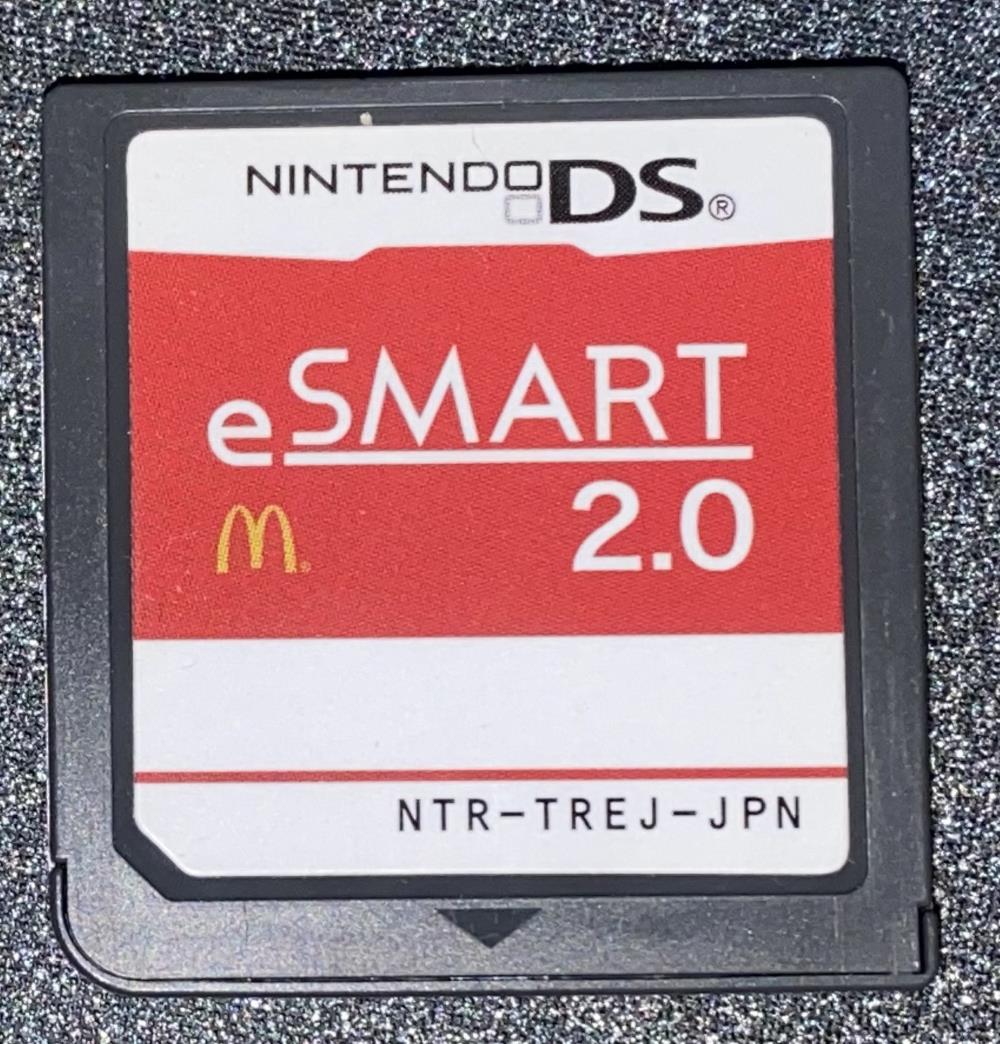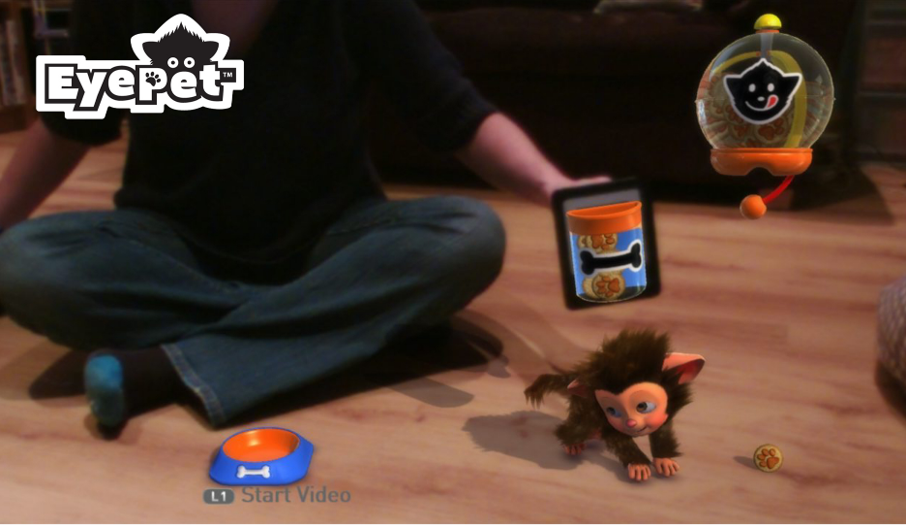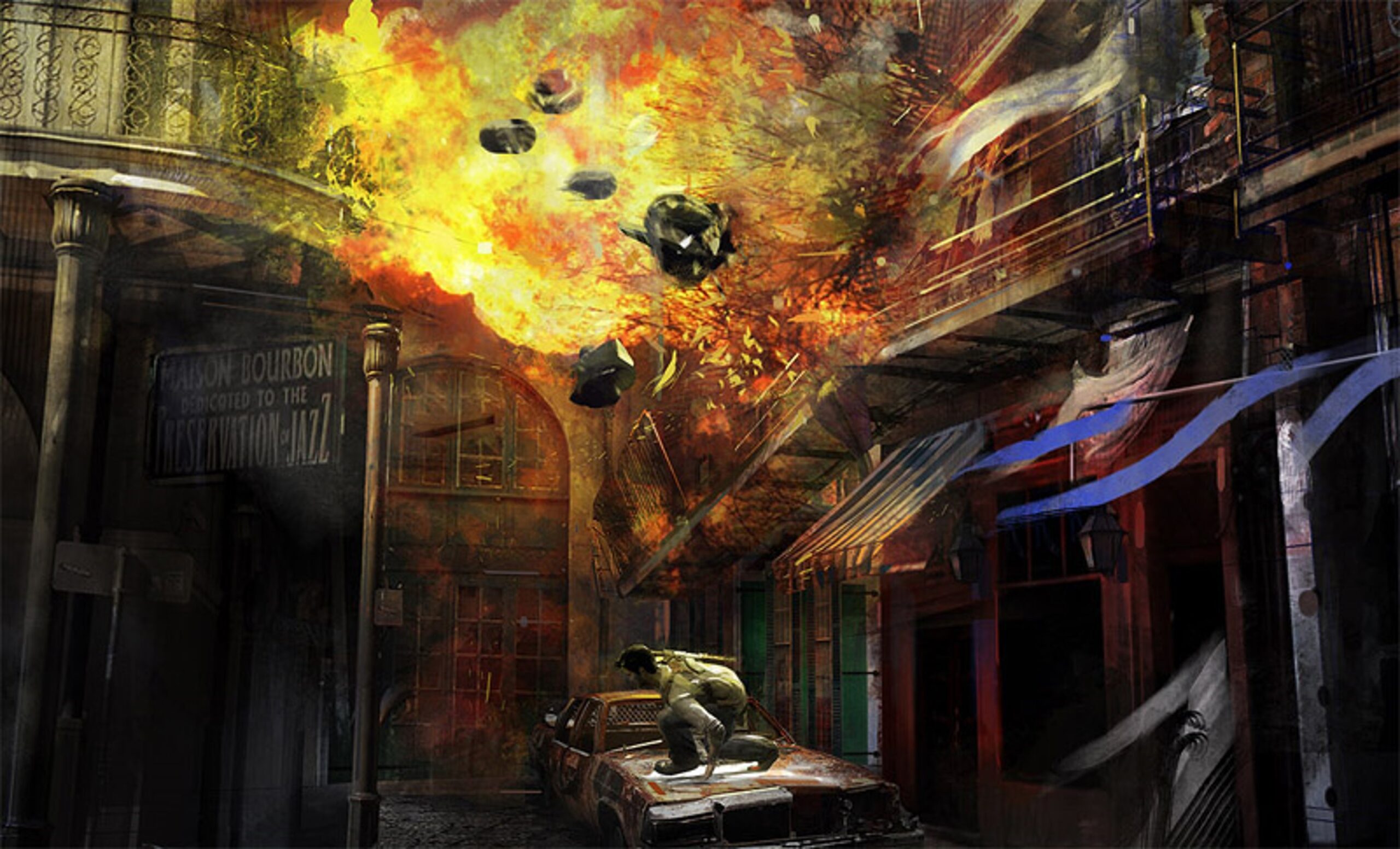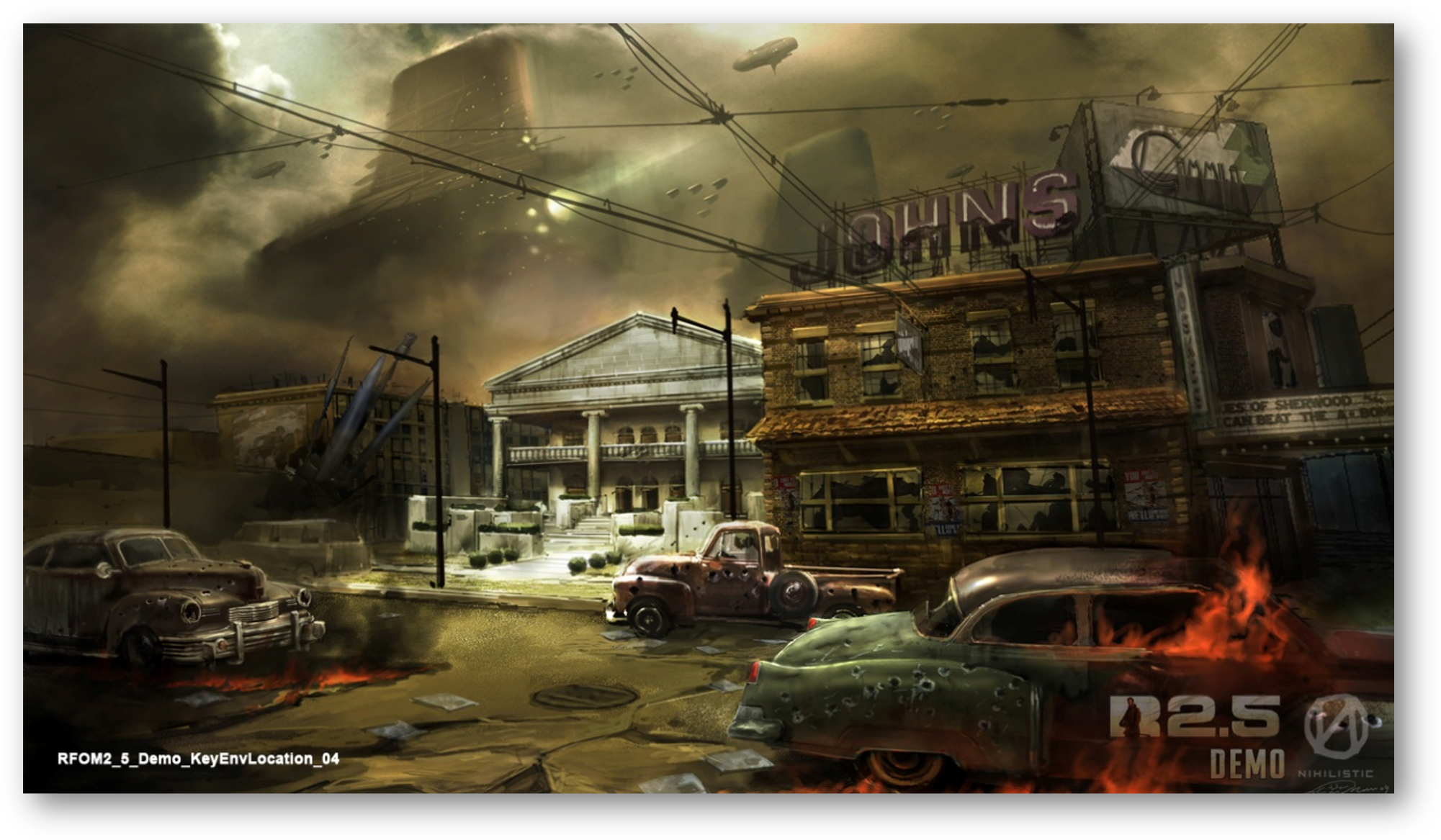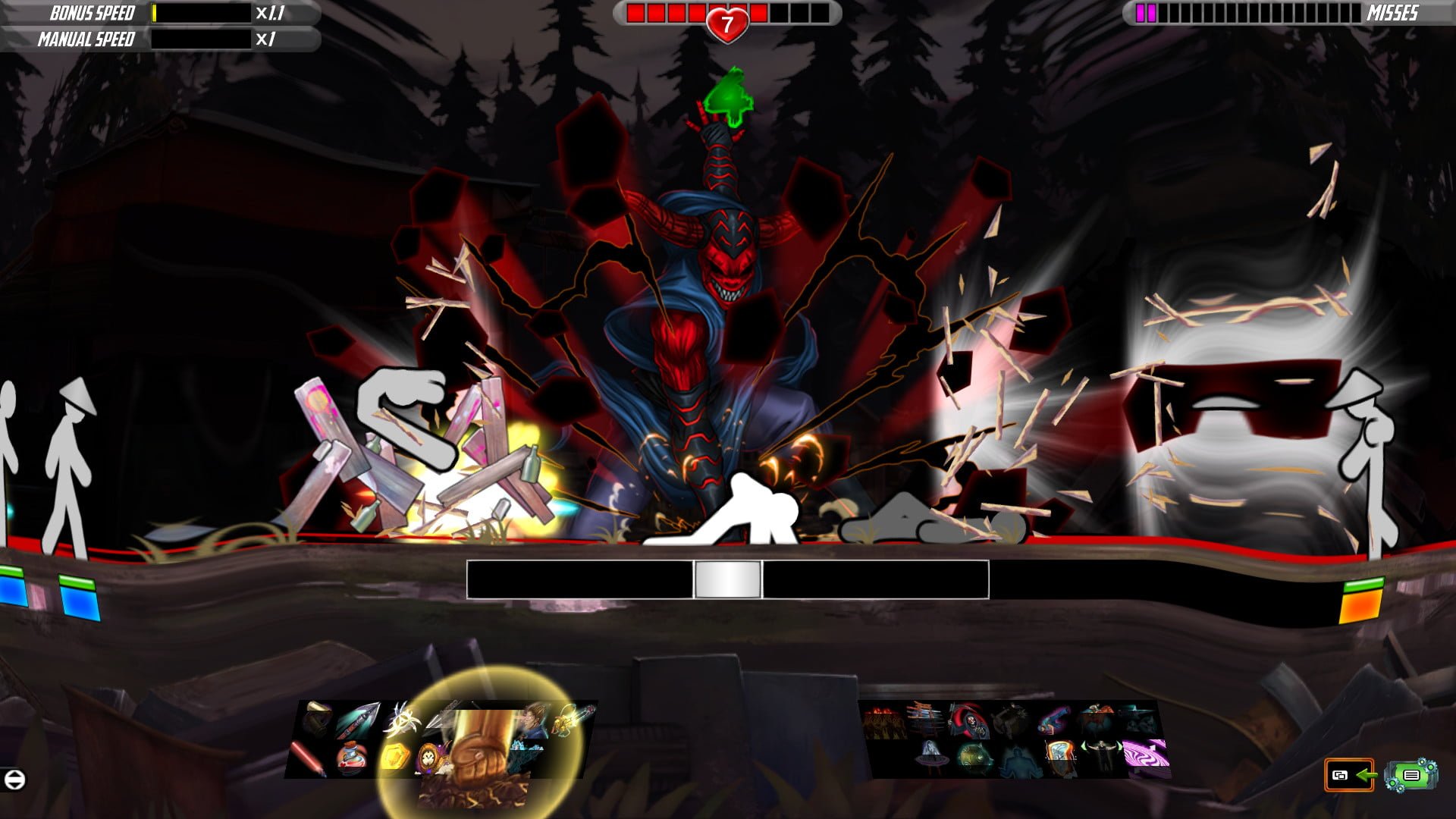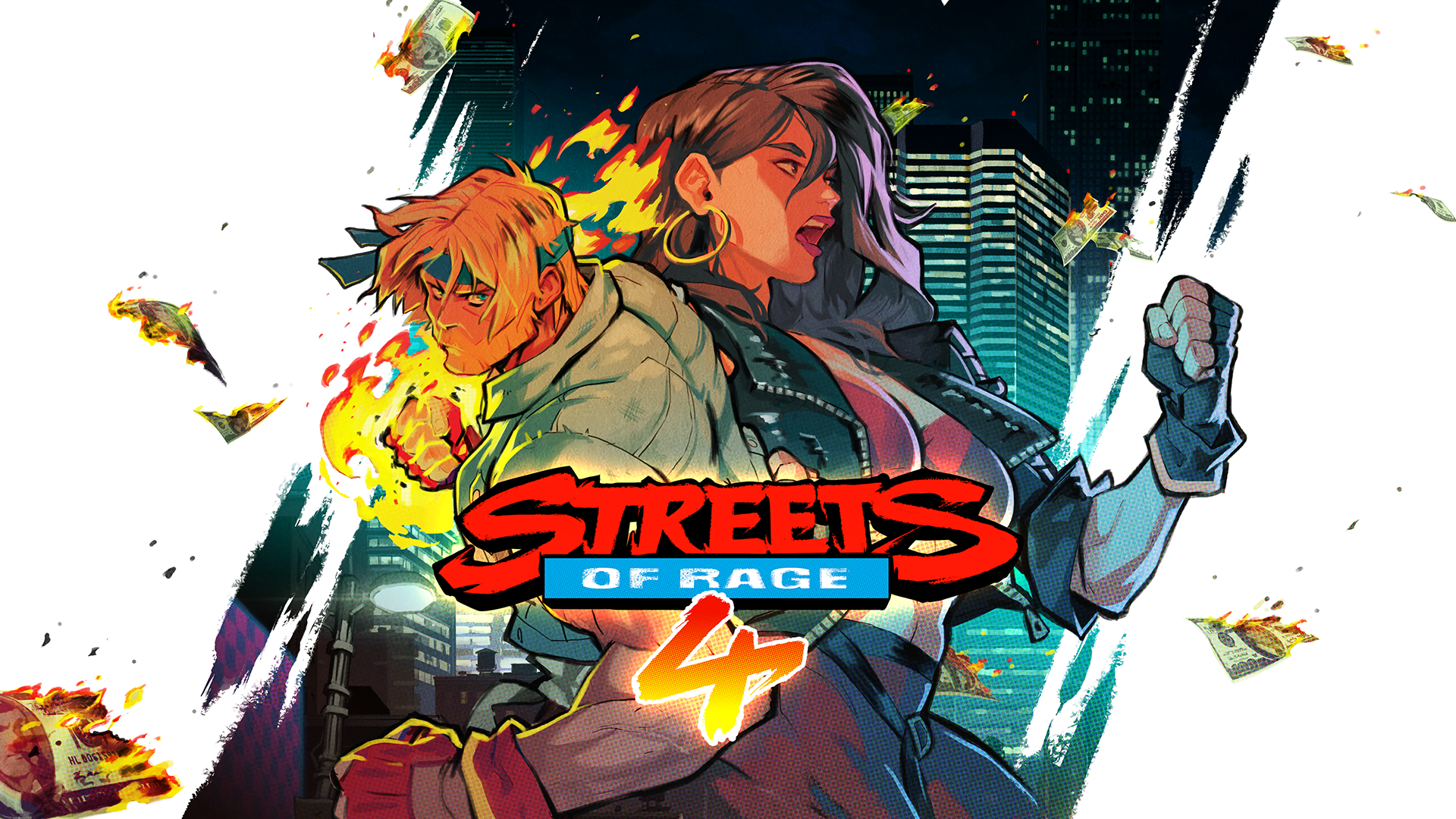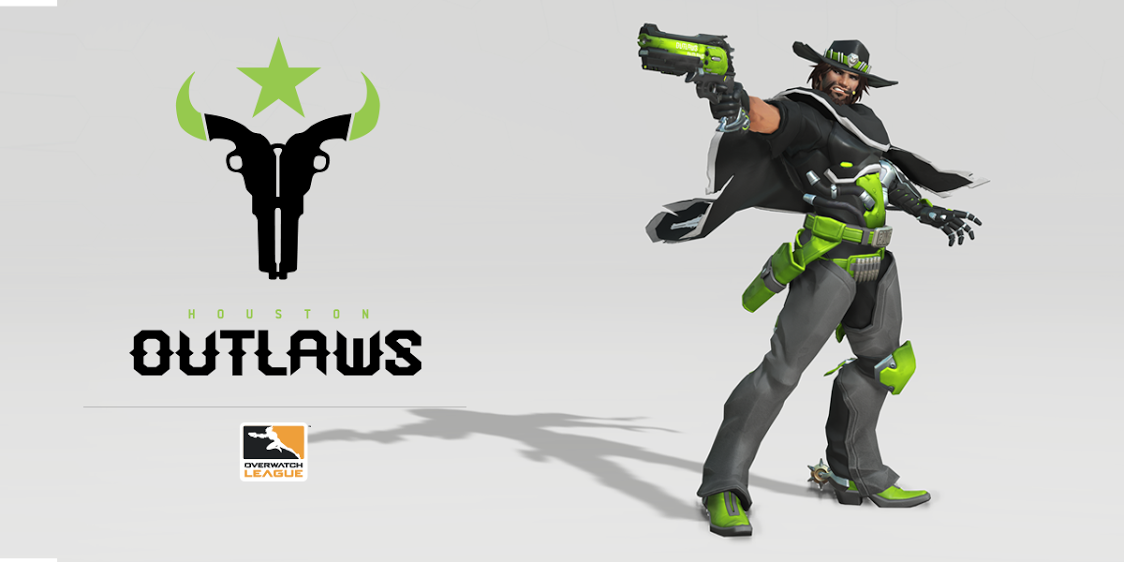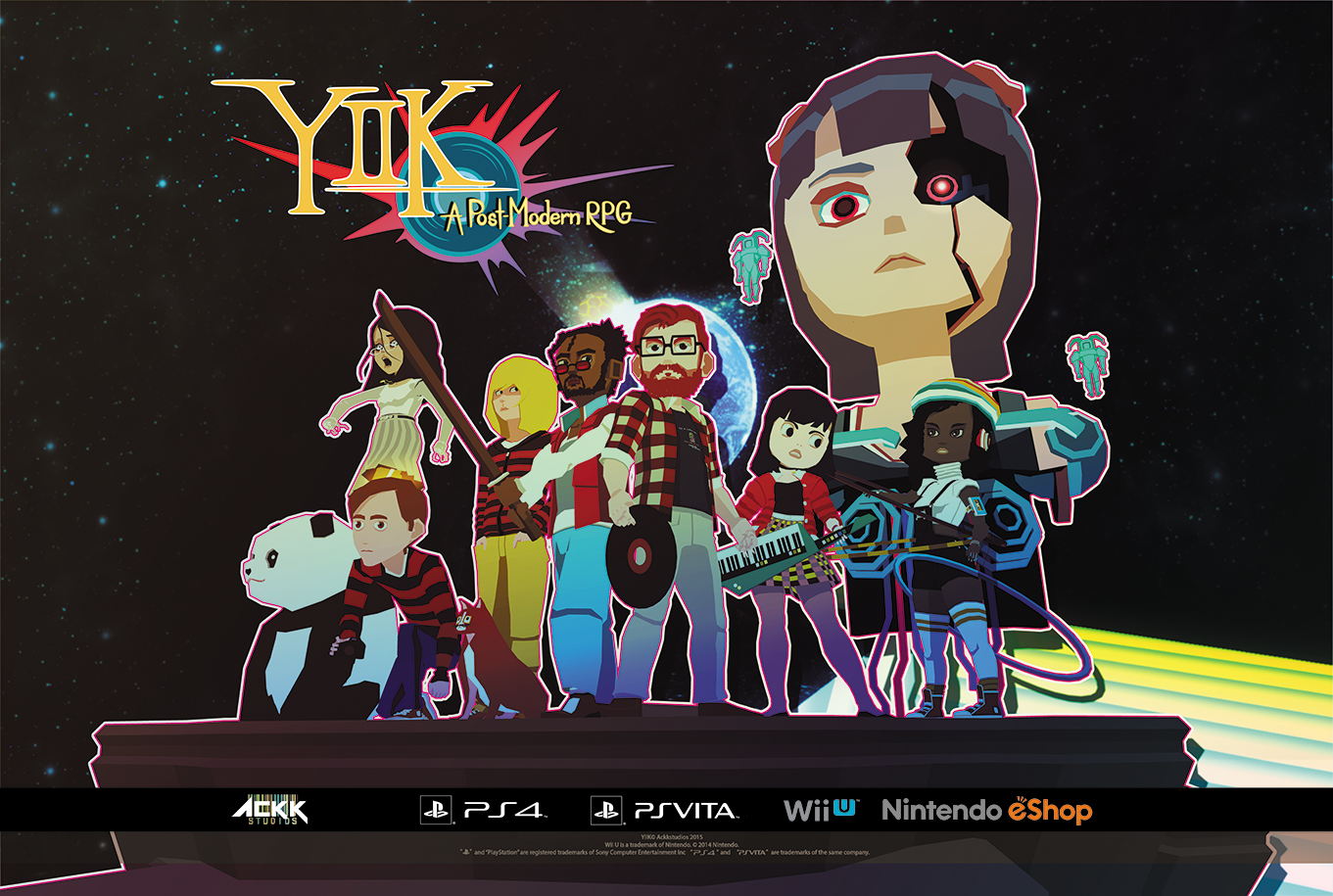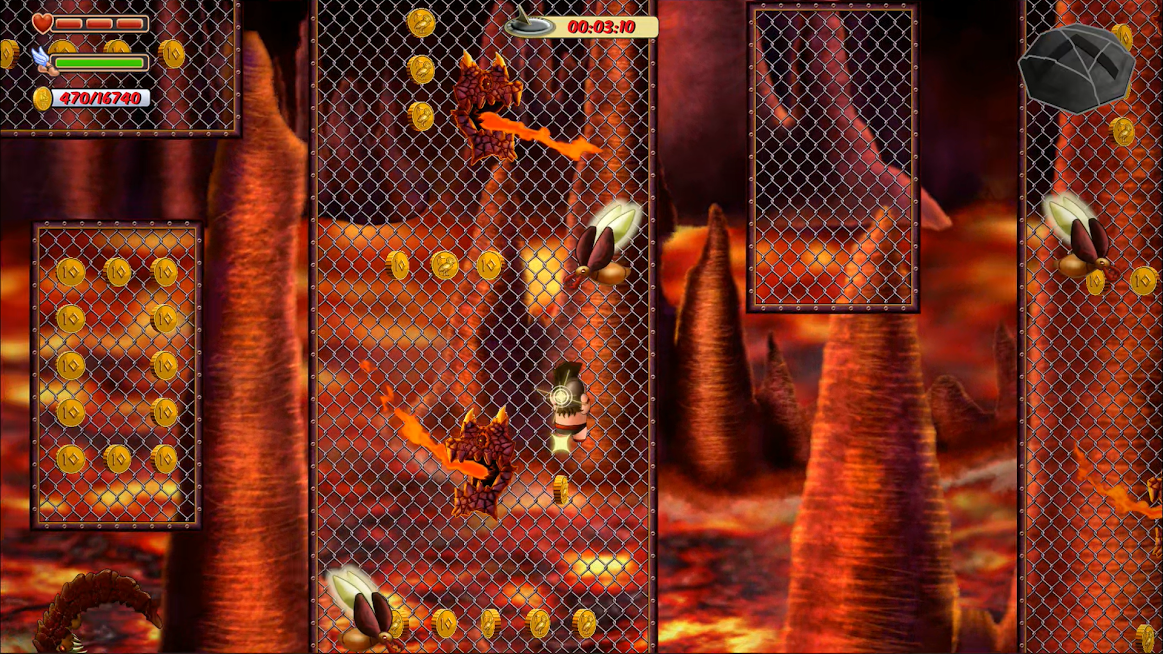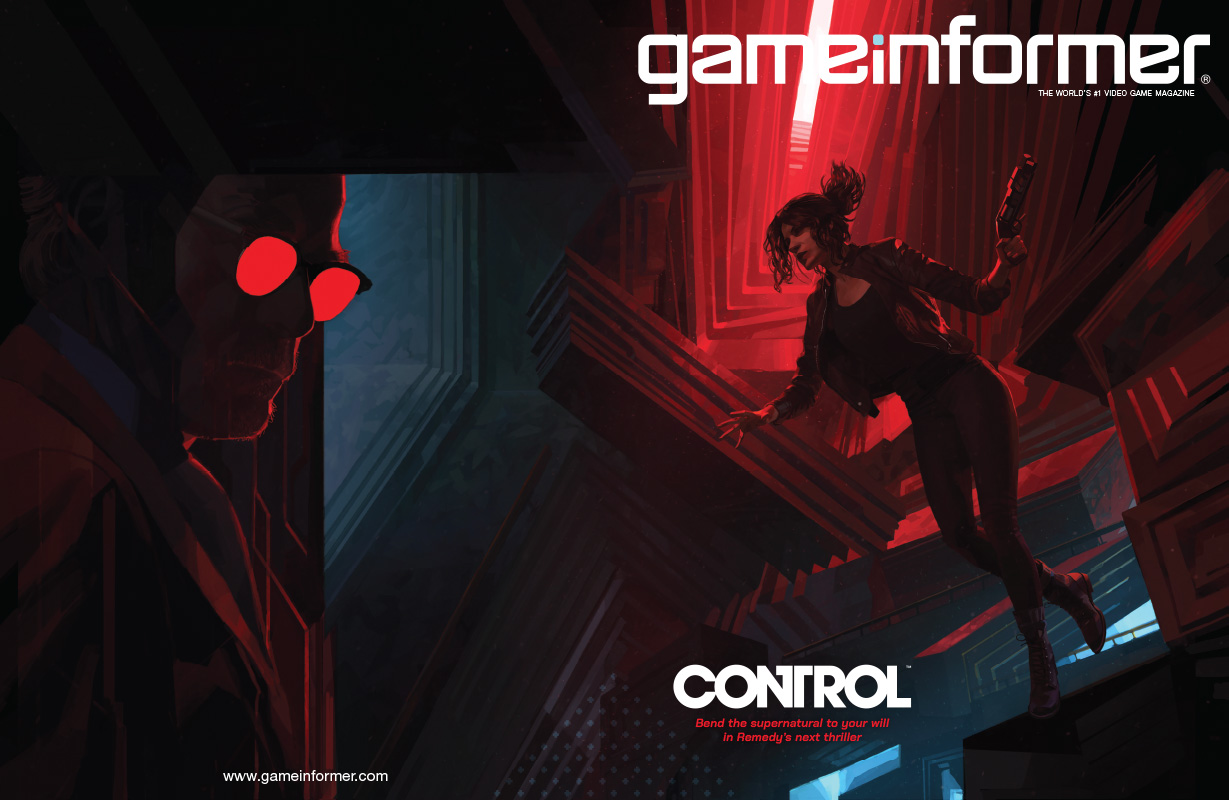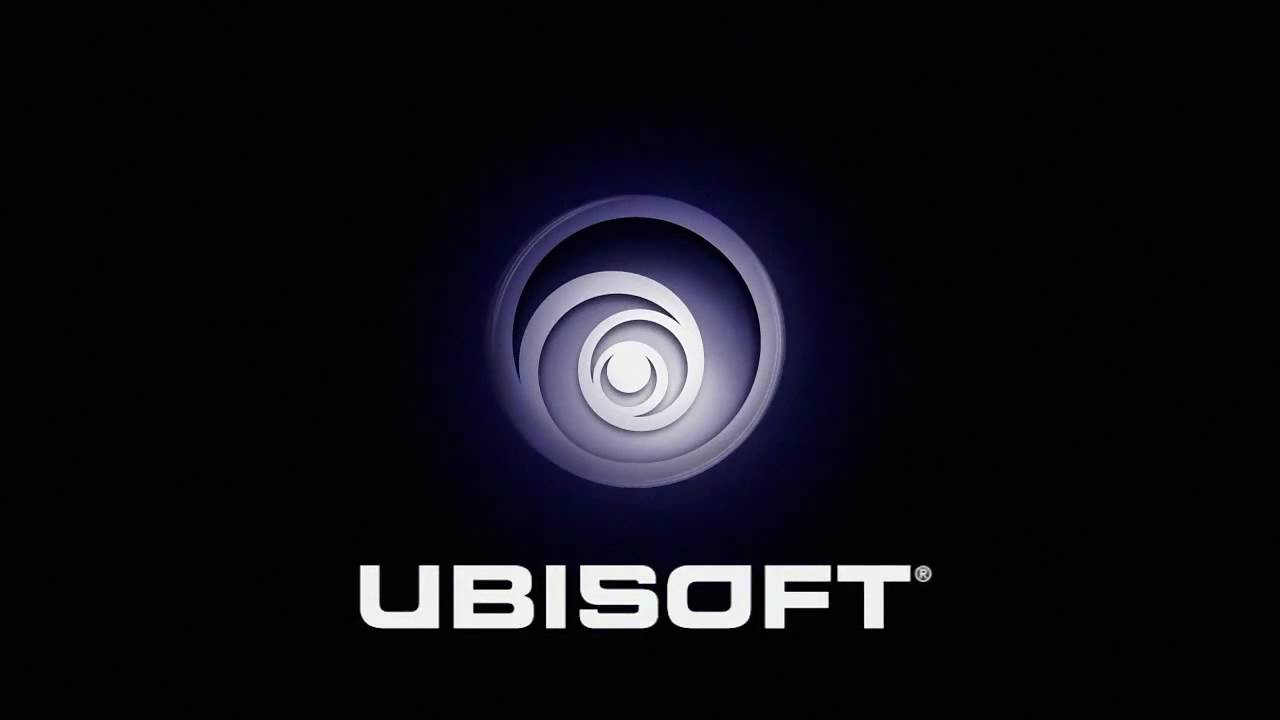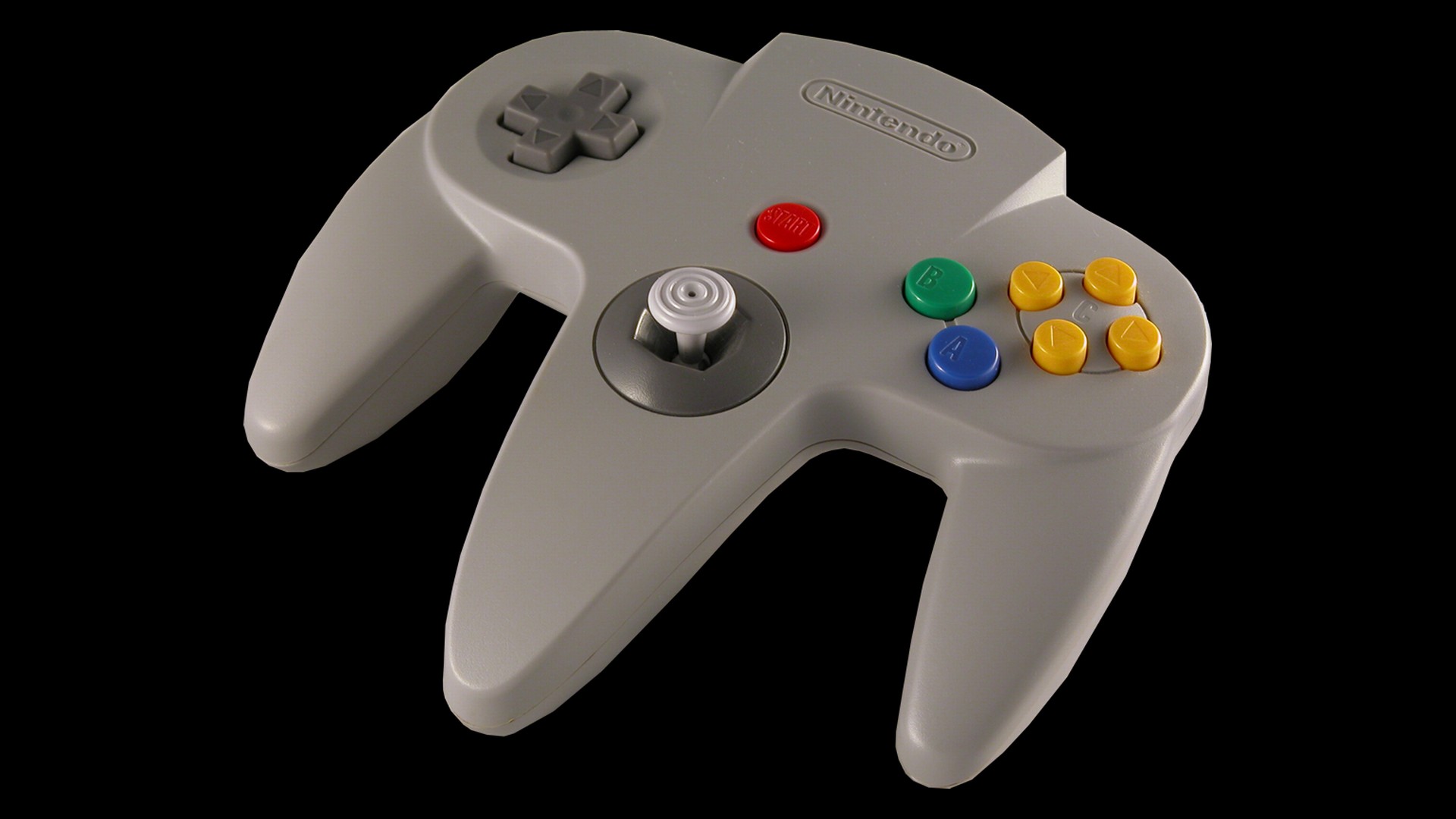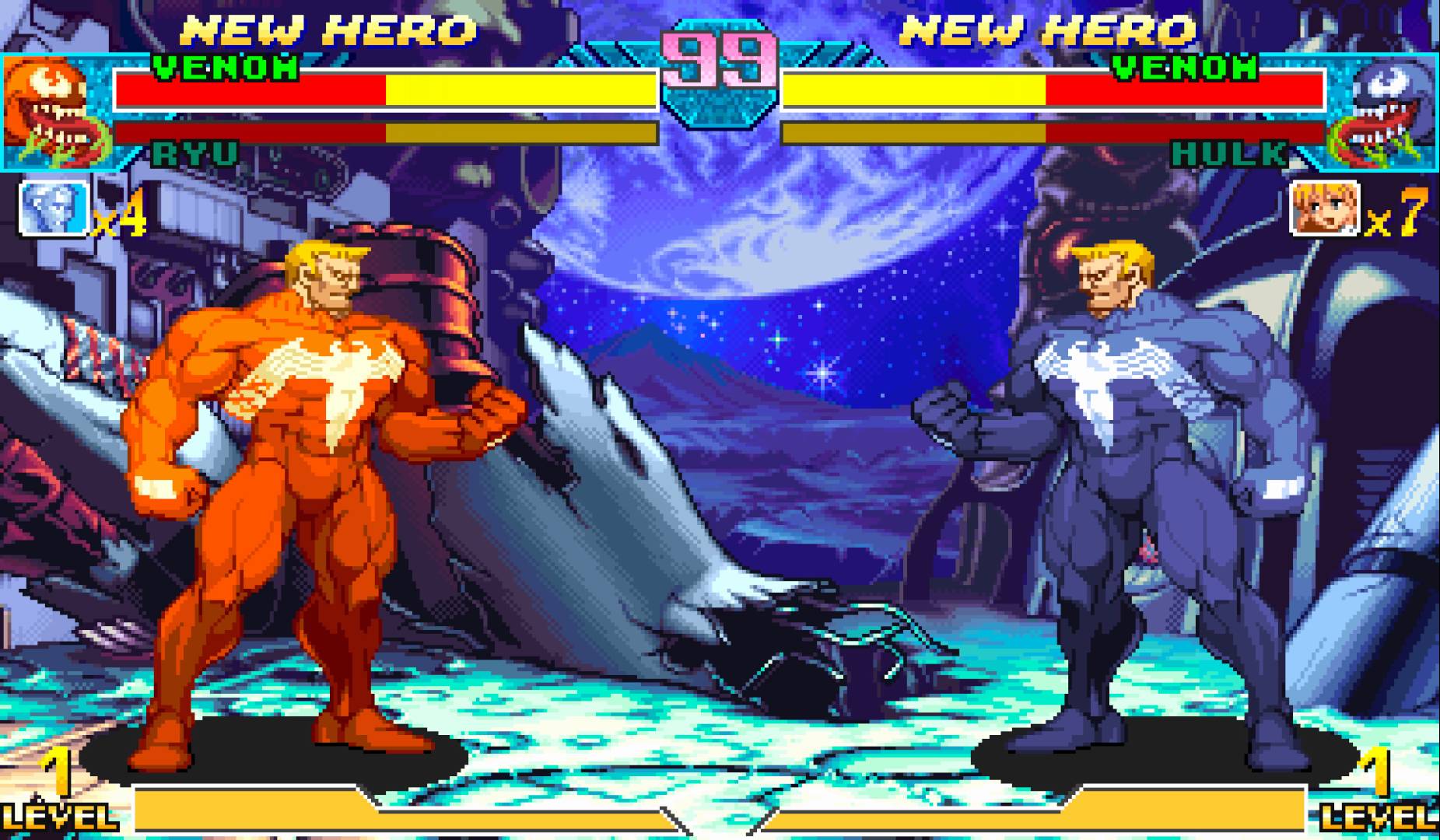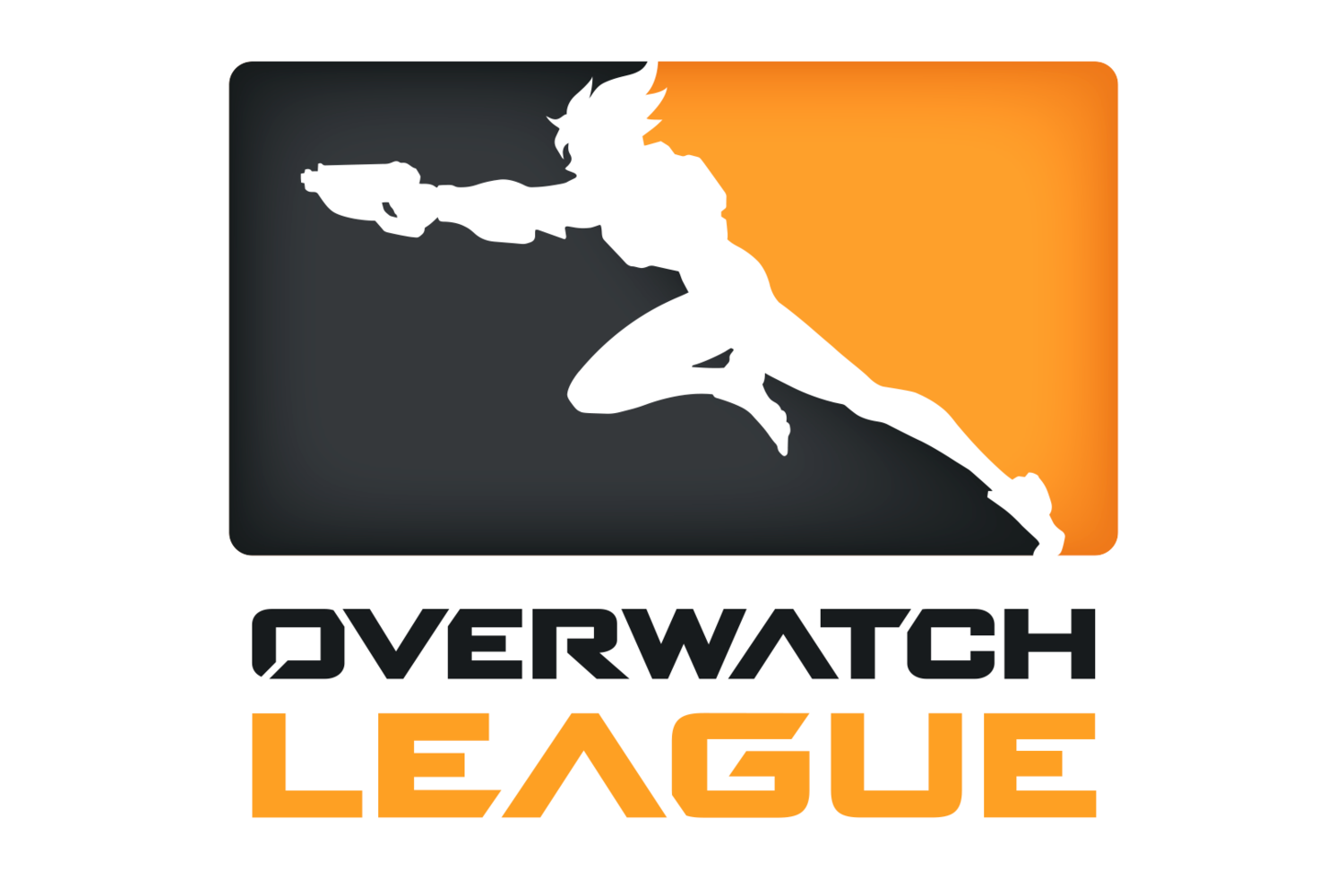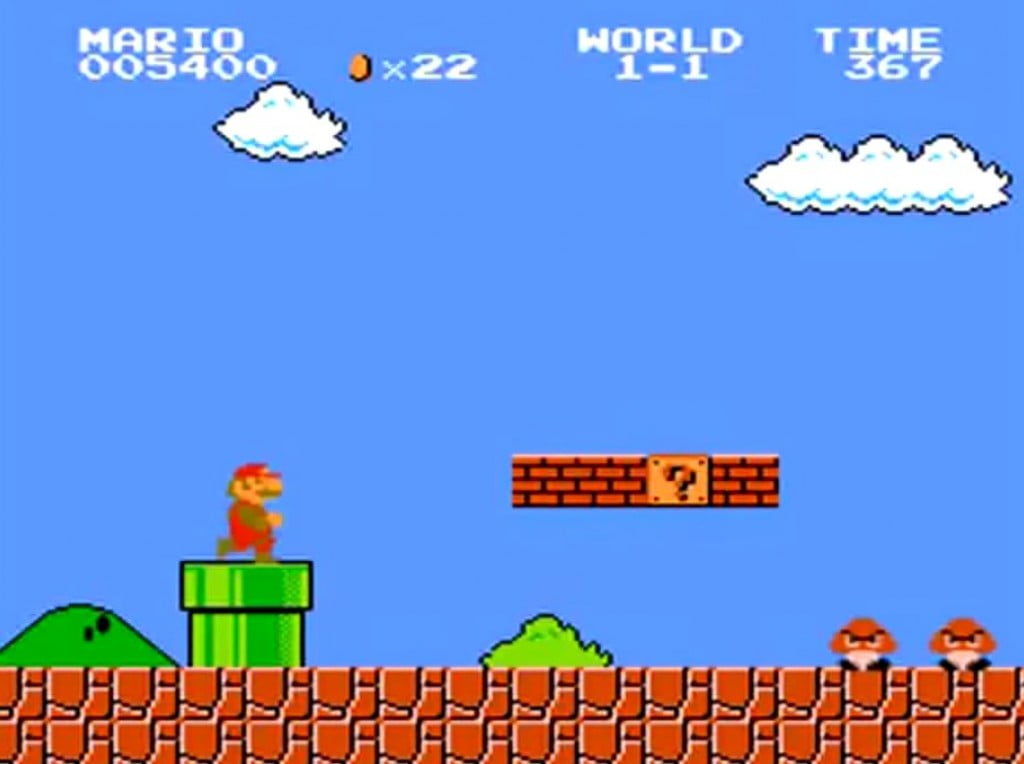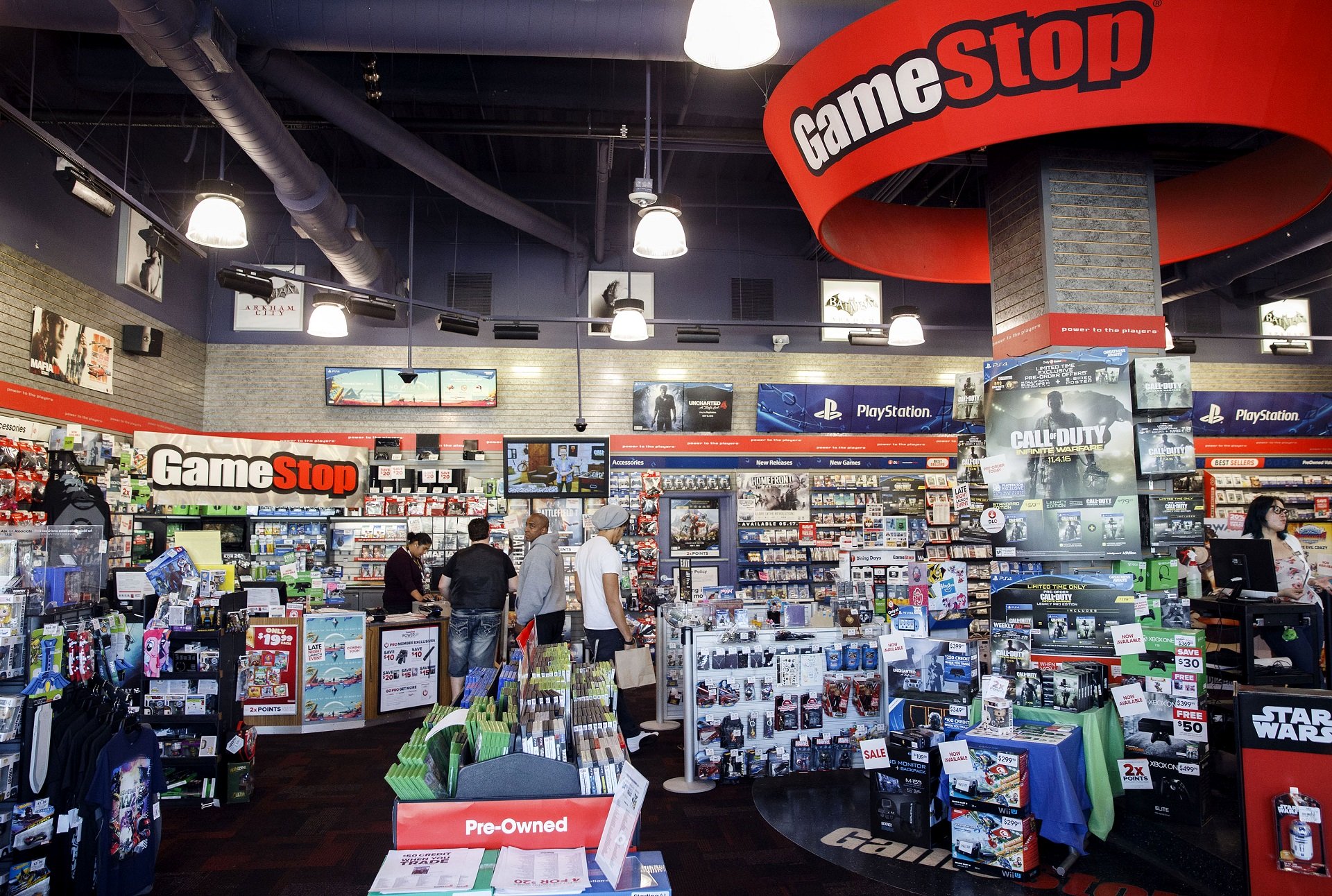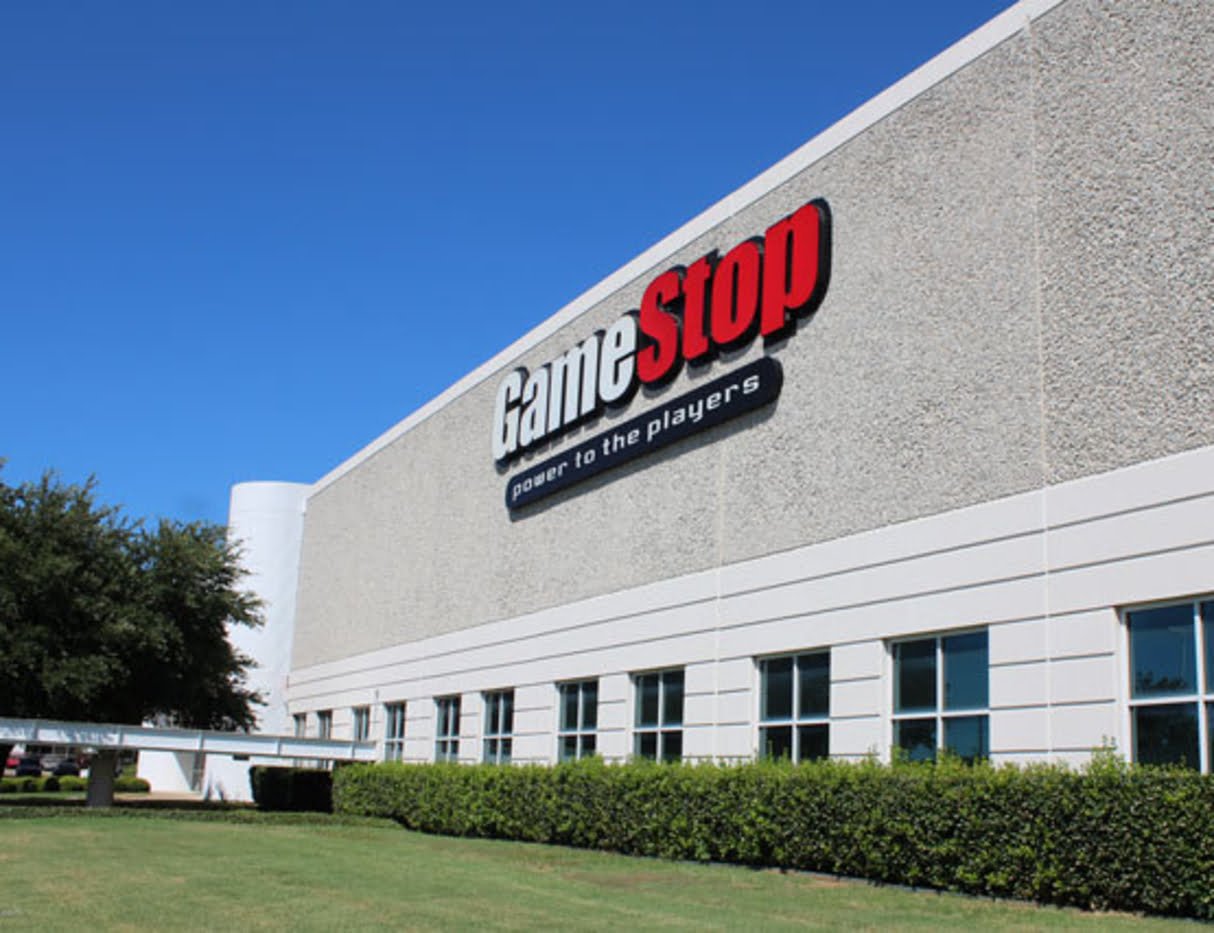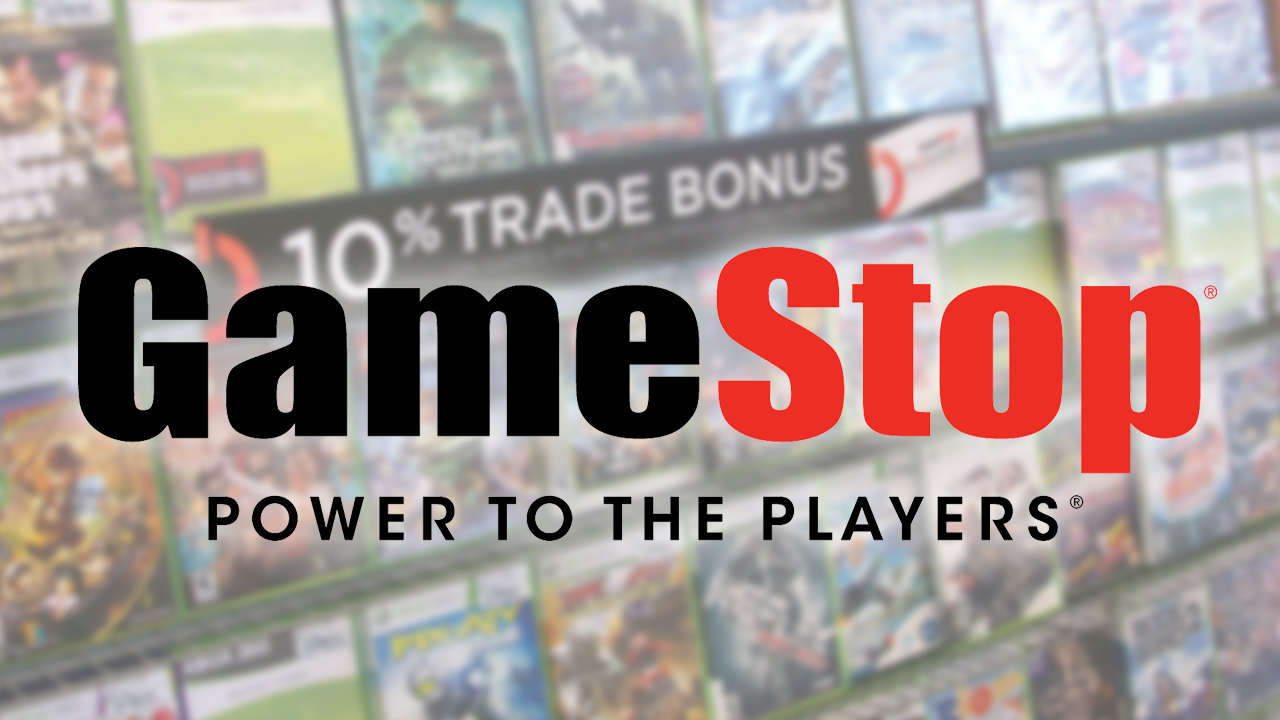As many are aware by now, GameStop has entered the retro video game market by allowing you to trade in all your old games from retro systems such as the NES, Sega Saturn, Genesis, and Game Boy at all GameStop locations. Since the company started rolling them out in some regional stores and sell them online, many have been quick to show that some of the games they ordered were either reproduction carts, or a completely different game all together.
In the most recent Completely Unnecessary Podcast hosted by Ian Ferguson and Pat Contri AKA Pat The NES Punk, Pat spoke about an e-mail he received from a former GameStop corporate manager telling him about the retro trade-in program and the disasters they saw firsthand. The anonymous source provided their background with the company as they ran GameStop’s official eBay store (now defunct). Pat decided to leave their name anonymous, but transcribed every detail from the e-mail for his listeners. The video has since gone on Pat’s YouTube channel, but we have decided to provide a transcript of the exact e-mail which you can view in its entirety down below. If you would like to see the TL;DR video, you can also view as well.
“There’s a lot to say and I’m a pretty fast typer. My only request is if you use any of this information online or on the show is that you let me know about it so I can check it out. I’m not trying to strike back at the company. I left on my own terms, but more so I’m trying to enlighten the retro gaming community which I know is a very passionate bunch.
I’ll preference everything with a backstory. In April 2013 I took a job with an electronics buyback company called By My Tronix (BMT) which was owned by GameStop. At the time it was operating independently endeavored. They specialize in consumer electronics and not much else. I was responsible for handling eBay listings and customer service for their eBay store. Fast forward to October 2013 GameStop decides to ignore their contract with BMT and move the operations down to their headquarters in Texas about 1.5 years ahead of schedule. In closing the Denver ops they had to lay off a bunch of people, but they also needed to keep some of the team there to run the thing down in Grapevine.
I was chosen to go down, assume the management role the store, and move down to Texas in February 2014. The eBay store, which was unceremoniously axed 3 months after I left became part of the “eCommerce” GameStop used consumer electronics department and went on as normal. In 2015 there were rumblings that the company wanted to get back into the retro market. I use to be a collector/dealer and had a lot of knowledge about it, so I offered my services. At first I actually wanted to head up the entire project, but I wasn’t high enough of the totem poll to do that. They did however utilize my expertise in various ways, except when the didn’t which was pretty much the entire time. Before launch I expressed some concerns about a couple things; 1) The testing process. The ROC refurb off-center was a shitshow. Underpaid and overworked people who get graded on very stringent things are not the people I want testing something as nuanced as retro gaming. Most of the ROC employees were very foreign as well. Nothing against cultural diversity, but in my visits there I found a very disturbingly large language understanding gap between the techs and everyone else. Having inexperienced people working on this project would be a disaster. They assured me that everyone would be properly trained and they’re the best refurbish center in the world and all that other bullshit.
Advertisement. Scroll to continue reading.Second thing was spotting fakes. Technially that falls into testing, but that starts before it gets to the ROC, it starts at the stores. Granted more store employees are more likely to understand why it’s important because they’re around games all the time, but there was next to no Store training for this shit because trading costs money. Lots of money. Anyway, they did provide documentation to the stores , but it was one page buried in GSO (their online training resource tool) and most people probably didn’t care. So they assured me that everything would be fine and dandy. Great! We moved forward with it and the project started as in two regions, I believe in New York and Alabama. It was an unbelievable success. Retro trade sales were through the roof when it launched and they didn’t even do a whole ton of marketing behind it at the time and actually caused a couple problems. When you grossly underestimate need you grossly under budget for labor and space. So the ROC was getting slammed with retro items and didn’t have the people to handle it. So they brought in temps. Now you have inexperienced people training even less experienced people on something that no one at the ROC really even mastered anyway.It was a goddamn mess! My superiors were thrilled with the trade numbers, but scared shitless of sitting on that much product. So I was tasked with selling some of it.
I had a couple wholesale buyers who bought the meat of the commons and slightly better than commons, but we had a perfect outlet for the good stuff; the eBay store. I’m not sure if it was you or another retro YouTuber who said it, but the general consensus was “Don’t buy retro from GameStop. Buy it from eBay if you have to.” Most people didn’t even know that GameStop even had an eBay store. The name was Green Gadgets from the BMT days and it was of utmost important that there was disconnect from a green gadget and GameStop for the exact reason you’re probably thinking. If people knew that our eBay store was GameStop it would bring a lot of negative press with it and people would intentionally not shop there. So we started selling some of the good stuff and since I was running things I tried keeping it reasonably priced. When Sculptor’s Cut was going for $300, I had my loyalty team listed at $250. I wanted to provide some value to the retro community without digging “GameStop price gouge” bullshit. As long as we were hitting margin goals and I was burning through product (thousands of units per week across eBay and wholesale buyers) everything was fine until it wasn’t. So when dealing with thousands of units per week on top of everything else we had to do on the daily, we didn’t have time to check everything for authenticity. Plus the ROC was suppose to be doing that anyway before it even got to us. Our return rate was a surprising low in the beginning so I wasn’t really concerned until a return case was opened on eBay because their Chrono Trigger booted up as Madden 93. Uh Oh!
We go back through the returns process and get the unit back. Sure enough they’re not lying. During that time a second had opened, another fake. I talked to someone about it who relays it to the ROC and they make it seem like nothing was wrong. I took matters into my own hands. I bought a screwdriver and went through our stock of higher value things. We came up with 13 fakes. They were all cart swaps. Every one of them. No fake labels or anything that would’ve given it away at first. From that point on we opened every game over $20 to verify it and didn’t sell any other fakes. So at least if any of them bought it from Green Gadget eBay store after the initial batch, it at least had a pseudo seal of approval on it from myself. Anyway I bring this up to the ROC and they invited me down to check out their processes firsthand. It’s as bad as you think!
There are people who had no idea what they were doing training everyone. There was at least one lead there who understood retro and everything, but it wasn’t enough. They weren’t opening carts. They were popping the game in to turn it on and if ANYTHING came up they were calling it good. NO ONE VERIFIED THAT THE FUCKING GAME THAT CAME UP ON THE TV MATCH THE CART, NO ONE! I had them run through a couple buckets that they had already done and said were good and shit started unraveling fast. There are four copies of Conker that are marked as broken because they didn’t turn on. I asked them if they tried cleaning up the connectors. They had not! Seriously! Not one person there thought to take 5 seconds and clean the damn card. So we clean them and like some sort of magic wizardry they boot up and one of them is fake. Not really surprised. So we continue through the bucket which happens to have some pretty rare stuff in int. Demon’s Crest is in there, doesn’t turn on. Clean it, still nothing. I ask if anyone has a screwdriver and they do. Why the hell weren’t they using it!? We crack it open. Not only is it a fake, but someone damaged the traces of the cart so it wouldn’t turn on hoping to dupe some poor sap at the store and to give them the money for it anyway. Here is the other problem, the store doesn’t test them either. They look at the label, see if there’s a skew for it, and if there are probably thousands across the consoles ( we did have a big library available), and assign a value as long as it doesn’t look like total shit. If there’s no skew, they’ll still take it under the generic whatever console game skews which was worth something like five cents. This made sense to do because we didn’t want to say no to some games, but some games as you know it are not worth a whole hell of a lot. Anyways, the store doesn’t do any sort of testing and verification. It gets to the ROC and they barely do anything with it either. When an issue comes up they don’t know how to handle it. The entire thing was a clusterfuck. There are tens of thousands of units sitting in the digital distribution center, so I requested a list and request to bring over all of the high-dollar titles so I could verify their authenticity before someone bought them on gamestop.com which unfartunantly didn’t work because they didn’t send over all the titles and people still got shit like the blue Conker or whatever game it was you had mentioned on that one show.
I actually laughed when they sent me the list. Multiple copies of game I had never seen before in the wild were popping up. Two copies of Snow Brothers came over. One was surprisingly legit. The other one had the infamous reproduction label printed on it which I believe you had brought up. Bunch of fake Earthbounds and Final Fantasy IIIs in there. Various Conkers and other such expensive/rare titles. You name it. Someone probably faked it and traded it in. Sunset Riders, Sculptor’s Cut, both EVOs, Duck Tales 2, someone even faked a fucking NBA Jam cart and put Sonic 2 in it. Why you’d do that I don’t know, but I thought it was amusing. So I go back to the ROC and offer to train people on what to look for. From the obvious reproduction label staring them in the face, to how to identify the game chip using the code stamped on the PCB and make sure it matches the label which if you know is the absolute best way to authenticate Nintendo carts. They ask me to write up a process guide for the stores and the ROC and I do that. Obviously the best thing would be to spend three dollars times store count to arm everyone with a screwdriver to open up high-dollar carts. To expensive/would take away from other things, etc. So I suggest they merely threaten it. Say “Hey! This game is pretty high value! I’m just going to go back to the back and crack it open to make sure it’s legit.” and most are going to fall for that bluff and back out on the trade. They didn’t want to do that either. So I asked about installing a console, even a fucking Retron 5 in these stores to have them boot the game to the title screen. Nope! There solution; tank trade in values on the high-dollar high-risk games. So unless they changed something, you can literally just make shitty quality repro/fakes and trade them in for cash. I would never condone this action though because it’s the eventual end user that gets a shitty experience and GameStop isn’t going to care about eating the $20 they gave you.
By the time I left the company nothing really changed. My efforts were mostly wasted. When they expanded into the second wave of consoles (Saturn, Gameboy stuff, etc.) I had various meetings to identify potential problems and stop them ahead of time. As well as point out some of the rare/high-dollar titles they can take in and one of the things I warned them about was specifically for Saturn; Imports. They had no idea that people imported Saturn at all, let alone that someone would trade in the Japanese version of a rare US game and make bank on it. So I instructed them on what to look for regarding imports etc. I really did put a lot of effort into trying to enhance the retro game program. Not necessarily to increase the bottom line, but to ensure that the retro gamers out there weren’t getting screwed over by a company that didn’t give two shits about them. Now that they’re opening up retro to the entire base of stores, the problem is only going to get worse. Unless they heated my advice at some and learned what the hell to do you’re going to see more stories and more angry customers getting fake games and if that happens at least let it be known that I actively tried to stop it, but you can’t be the good guy in the $10 Billion company who cares nothing about their customers or employees and only acts to increase their bottom line and keep shareholders happy.
Advertisement. Scroll to continue reading.Here’s a couple antidote things I saw during my time there apart from just cart swaps. Multiple 32X games tagged in as Genesis in the system. An Atari 2600 Pac-Man tagged in as the NES one. A Master System game tagged in as a Genesis title. Reproduction label. Wrong labels entirely. Contra Hardcore had some weird custom label on it, it wasn’t Contra Hardcore anyway. Bootleg Hong Kong/Chinese carts. Various rare titles tagged in as generic. So the customer got 5 cents for something we sold for $100+. Carts that weren’t even put back together properly. Missing screw, different screws, etc.
So I’ll go into other things now. Sorry this is epically long. In their mind there is no such thing as a game that won’t sell, with the exception of broken units. They truly believe they will sell out of everything at some point and plan accordingly. The old plan for generic games was that none of them are tested because they were five cent payouts weren’t worth the time. So when I was there all generics were sent to my team to be handled, which worked. I have the knowledge of what was worth anything and pass that we sold a lot to that one wholesale buyer. So we always had a good release valve whenever we got overwhelmed. Past that, broken units/fakes they actually caught were destroyed and shrunk out of a loss since they had no real economic value. When I was there the retro game program was immensely profitable as you might imagine. Their pre-owned sales as a whole are usually pushing 50% plus margin and retro was very close to that. My department ran higher margins than normal due to the generics, but I think we were in the realms of 10% of all retro sale units/dollars. We were selling thousands of units per month, so gamestop.com was selling tens of thousands. I’m not sure what they do with those generics now. They probably just sell them to my old buyer instead of directly through me since it fits so well with their current pre-owned structure it’s here to stay, plus it artificially inflates trade units and that will make investors happy. For team size my eBay team had 6 people including myself. We had a shipper, 4 listers, and me. As I mentioned I was unofficially part of retro game project, but past that we had one merchant on the pre-owned team and that was it for the corporate side. At the ROC I believe they ran two shifts with a lead and a few associates with one supervisor overseeing everything and I believe he was also supervisor of something else as well, so his attention was divided. They didn’t necessarily needed more people, they needed better people and I highly doubt they over got them.
So I’ll wrap this up now, if there’s anything you want more clarification on (additional questions) feel free to ask. The bottom line is that people should not buy retro games from GameStop and should certainly support their local retro game mom-and-pop shops. Both from the perspective of getting a quality product and not lining the pockets of greedy executives.”
| Original content here is published under these license terms: | X | |
| License Type: | Read Only | |
| License Abstract: | You may read the original content in the context in which it is published (at this web address). No other copying or use is permitted without written agreement from the author. | |

